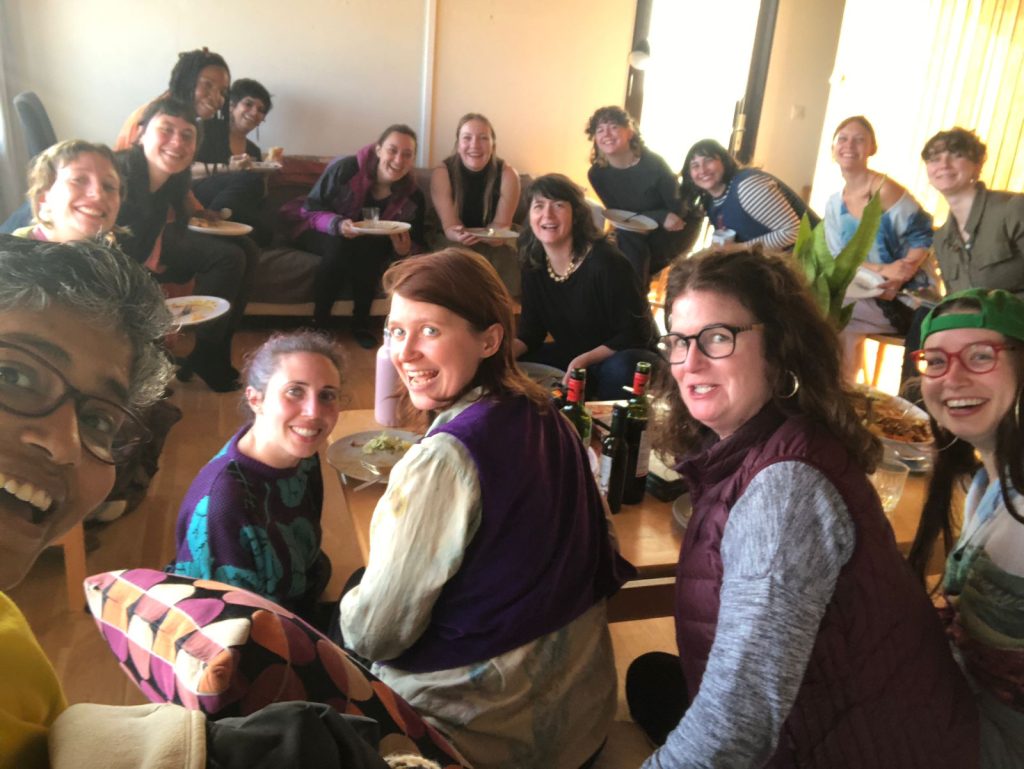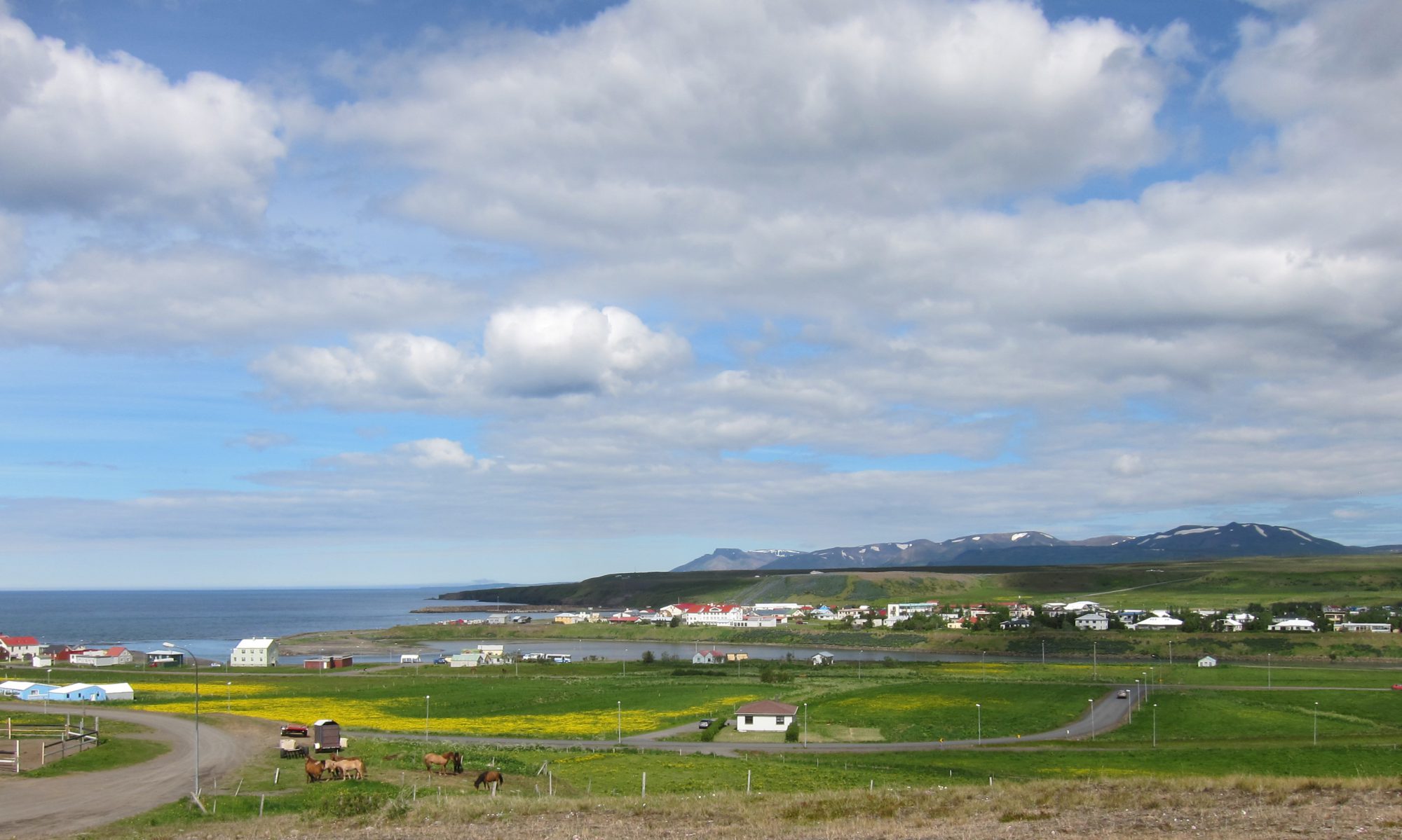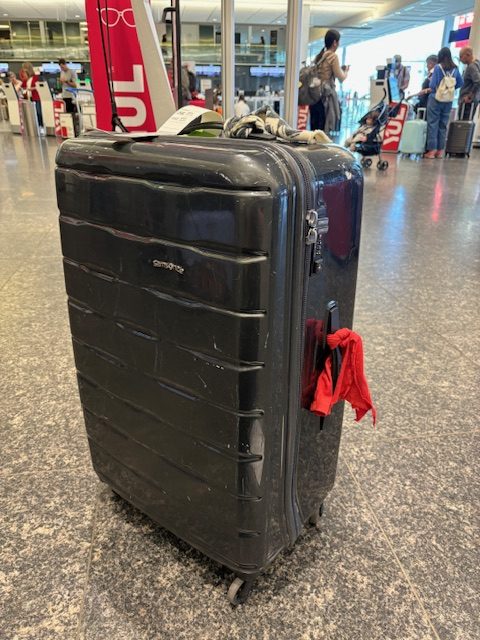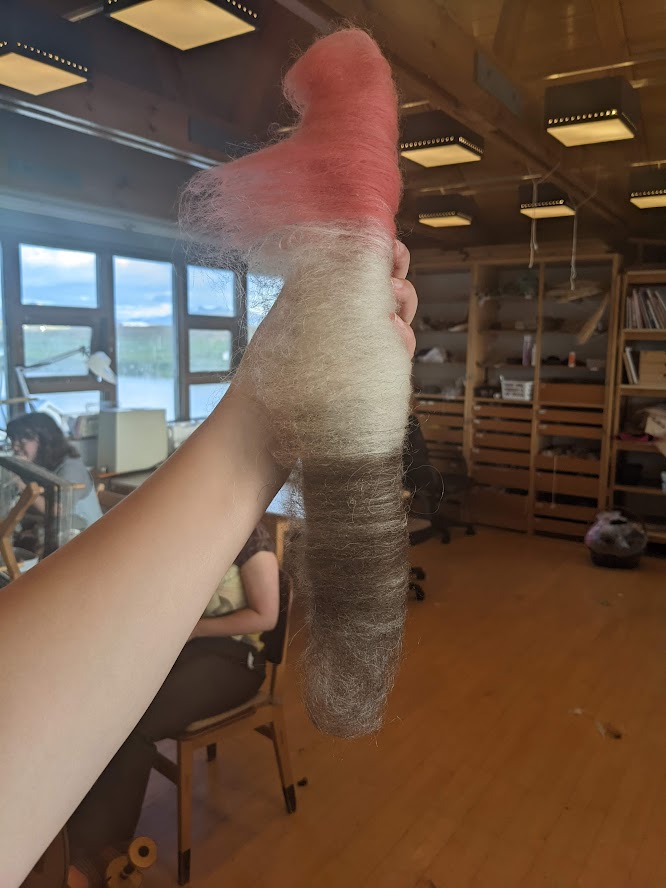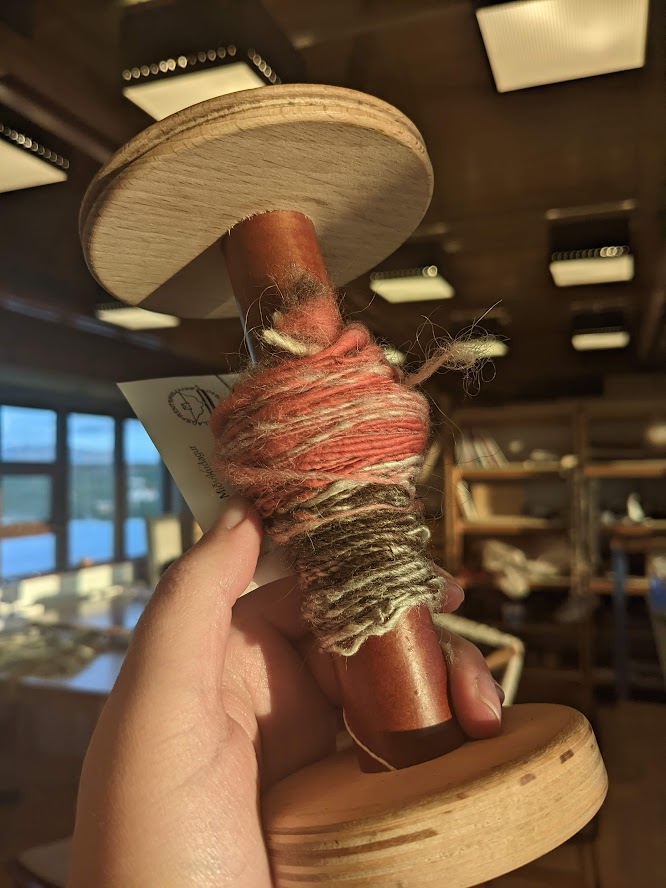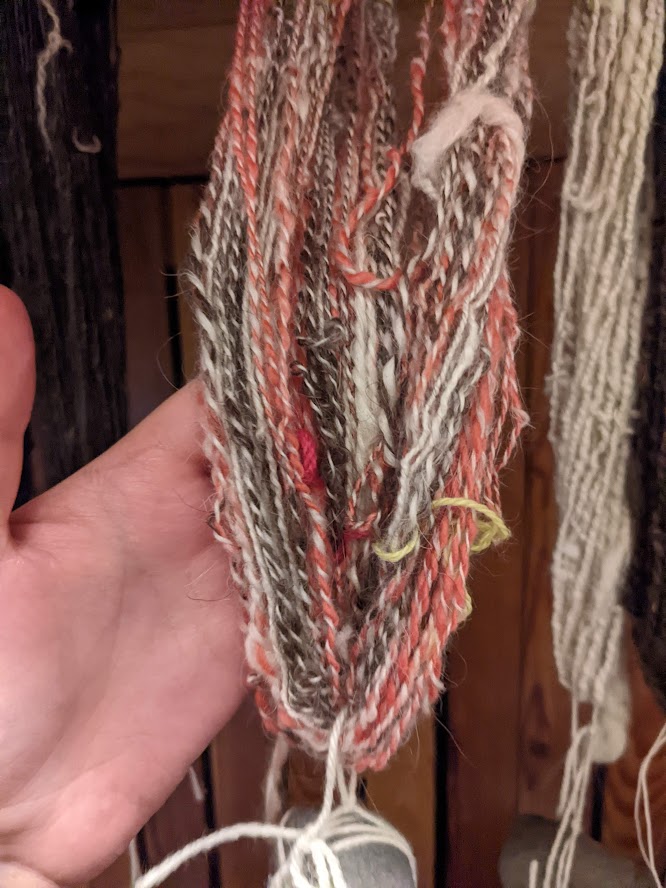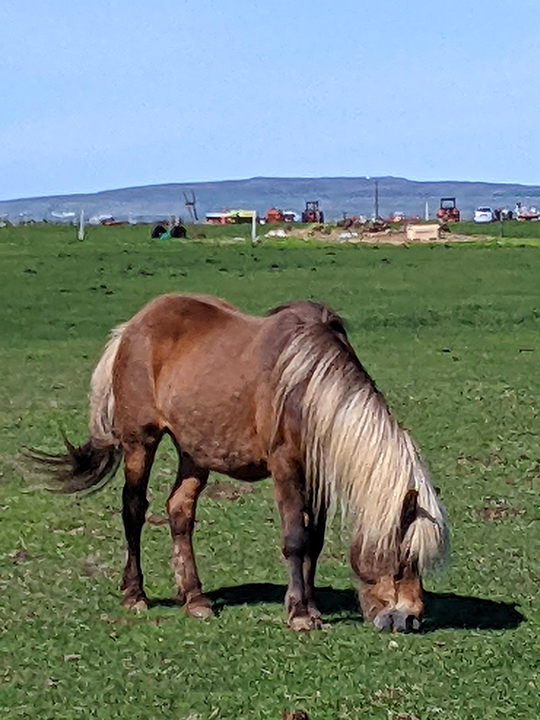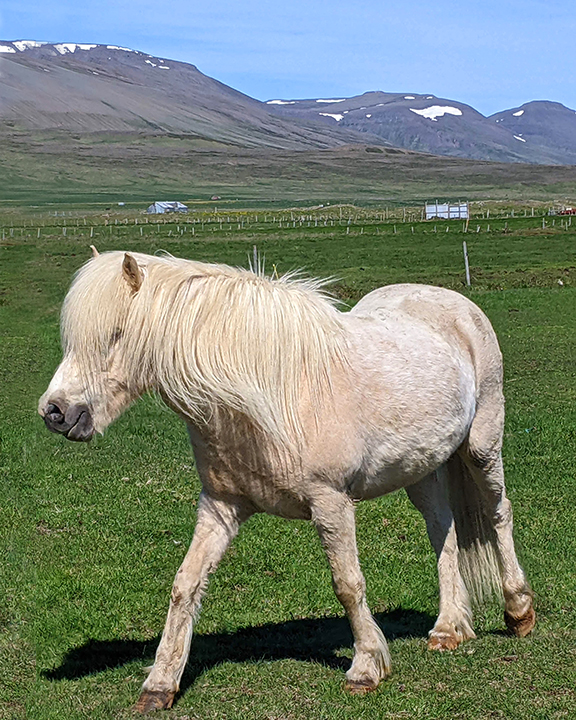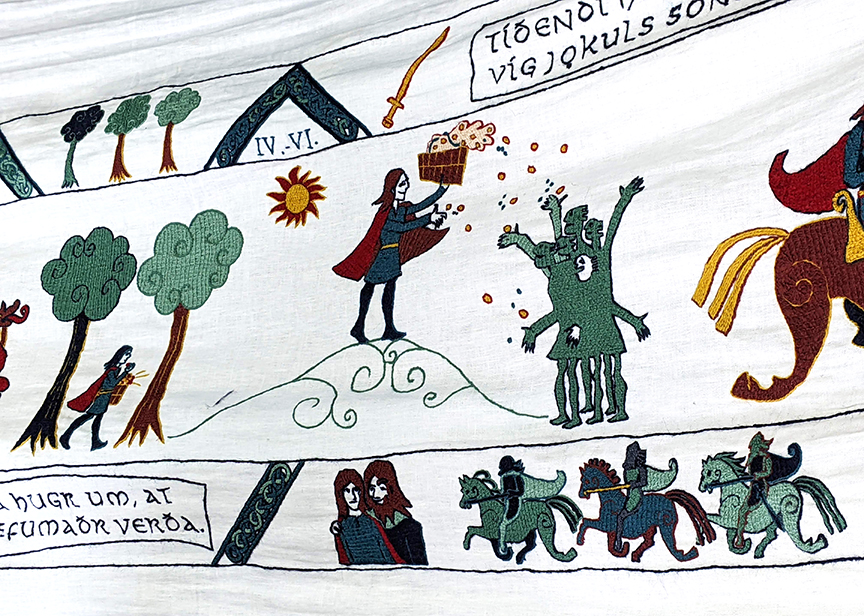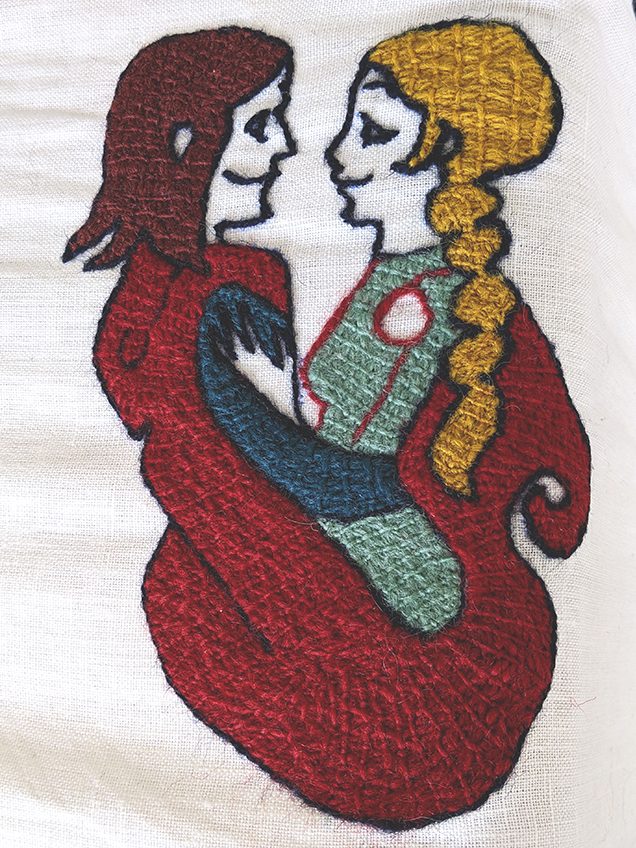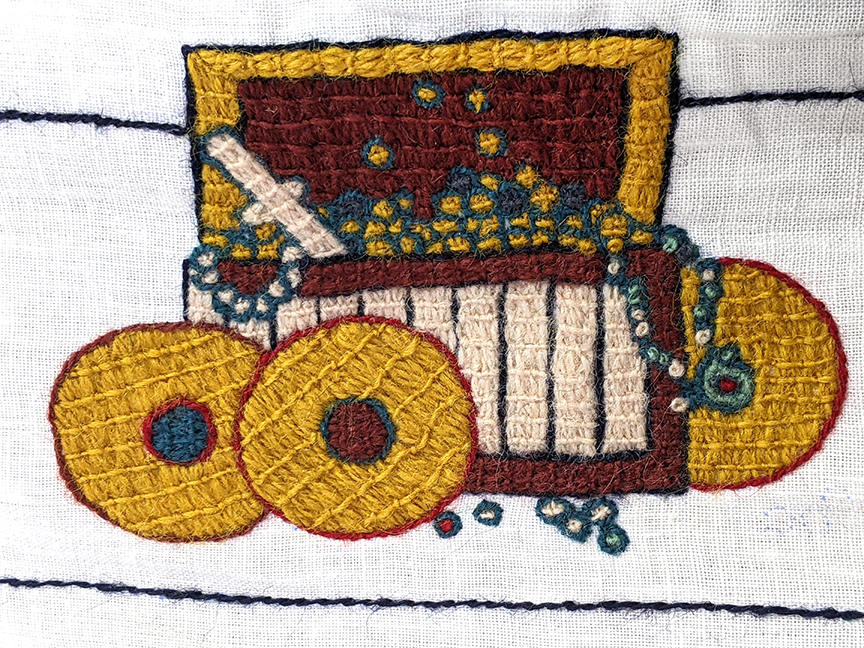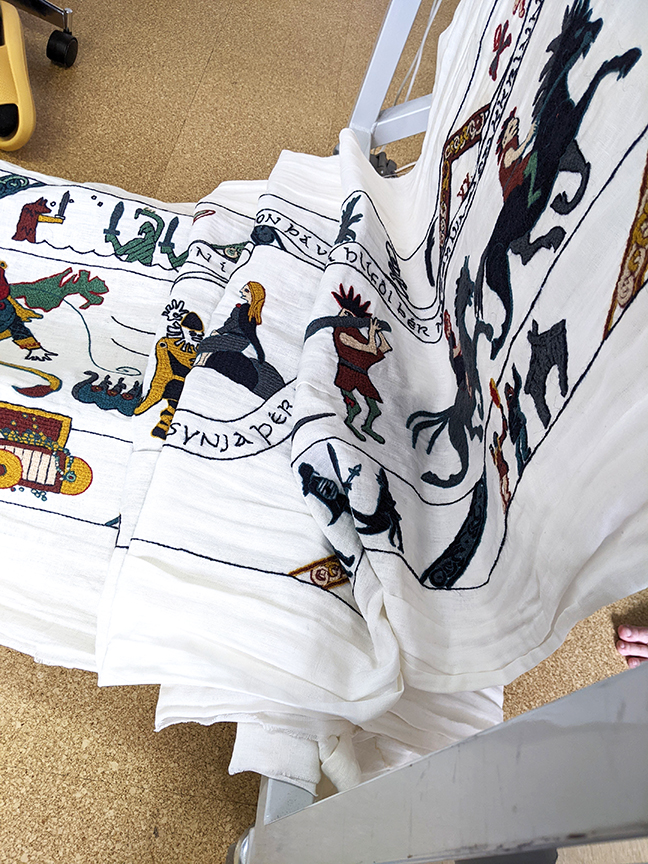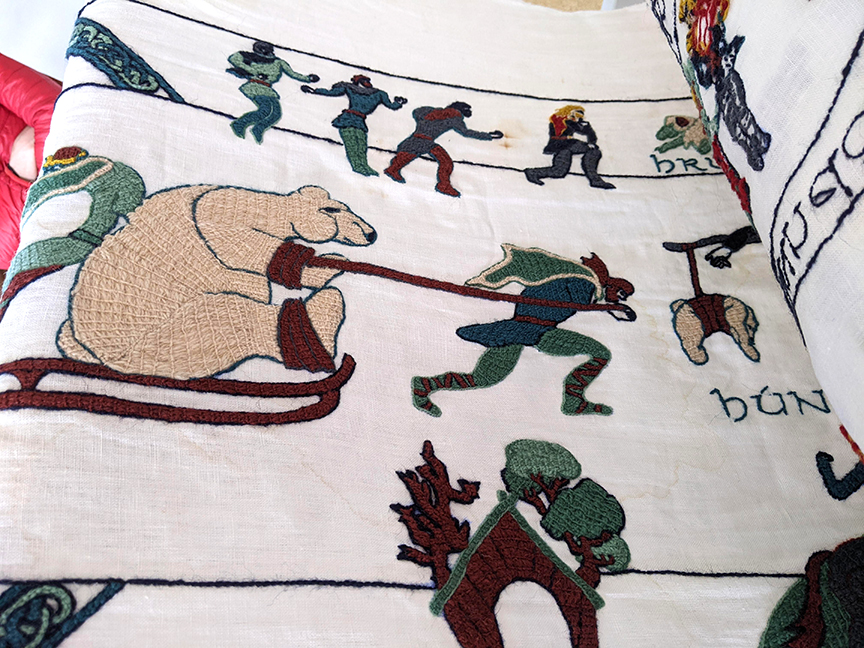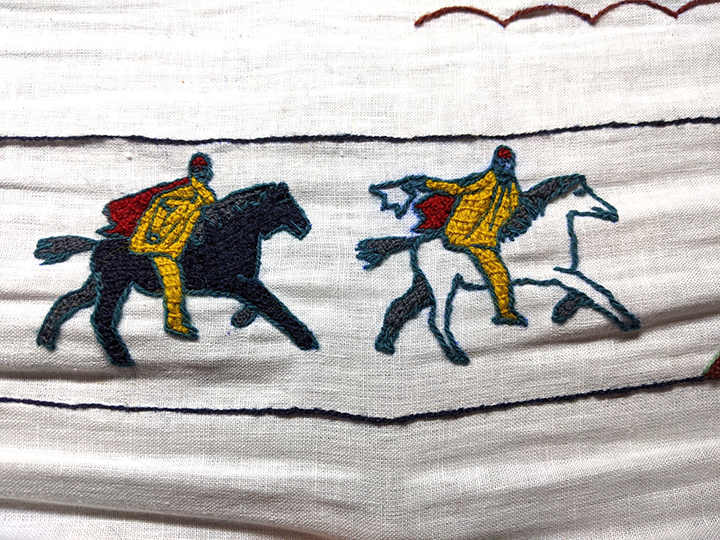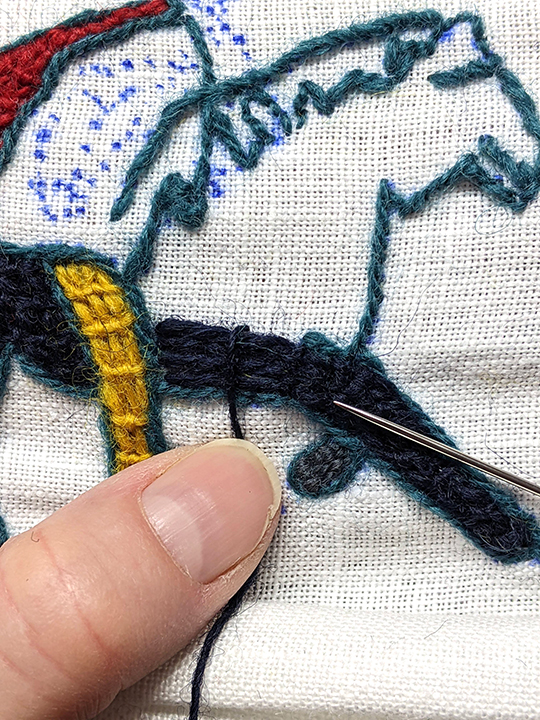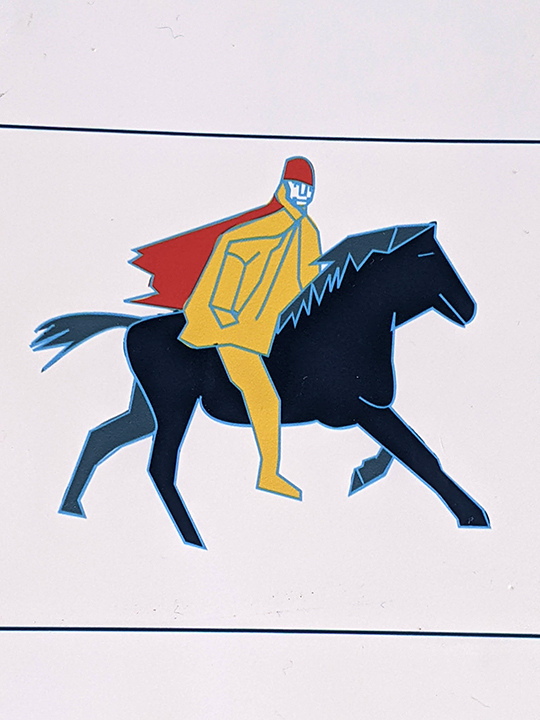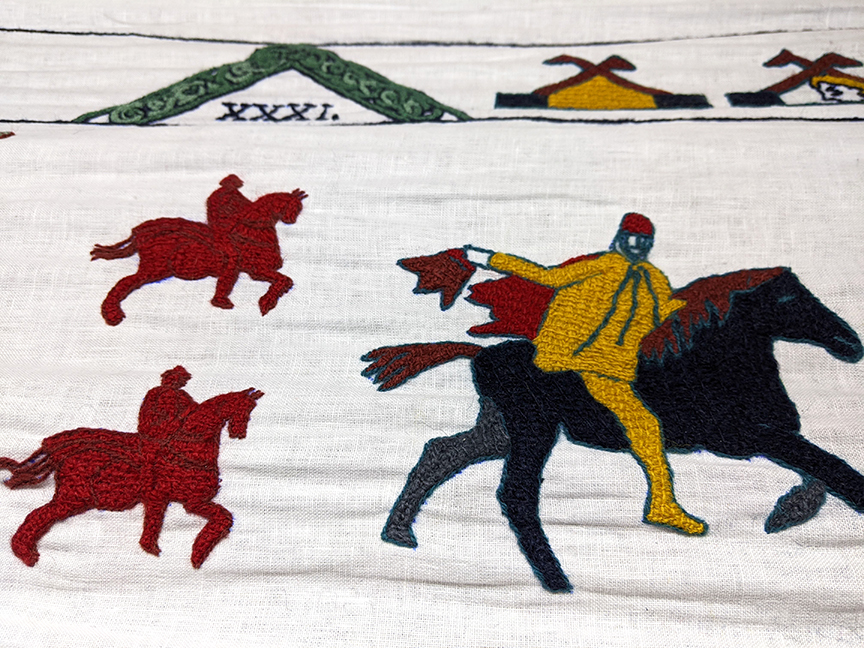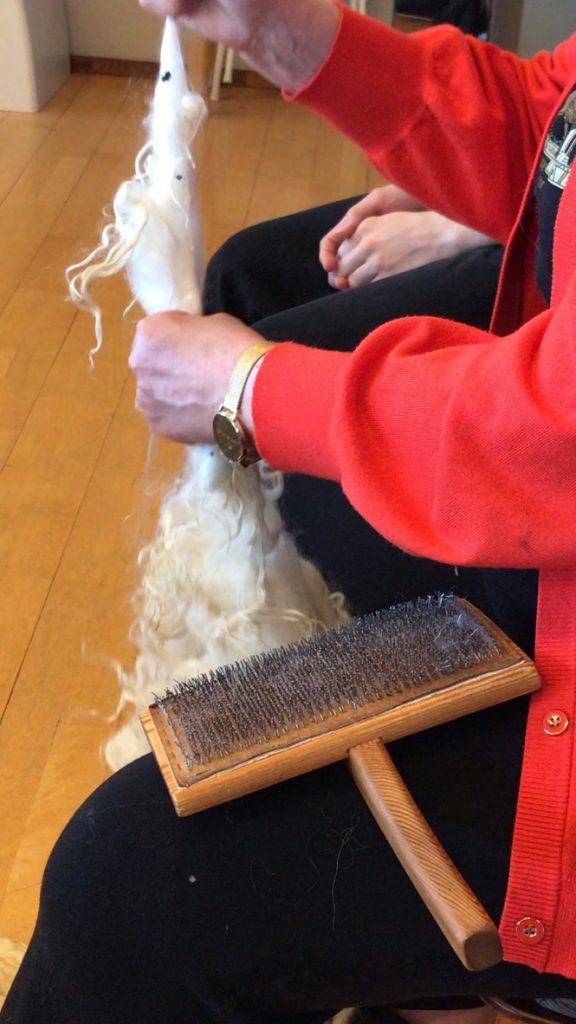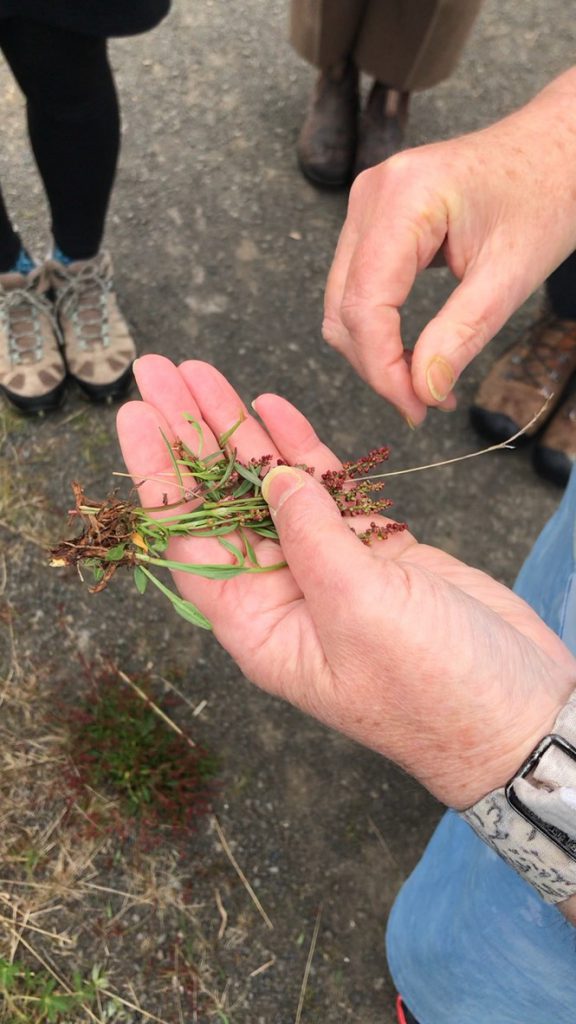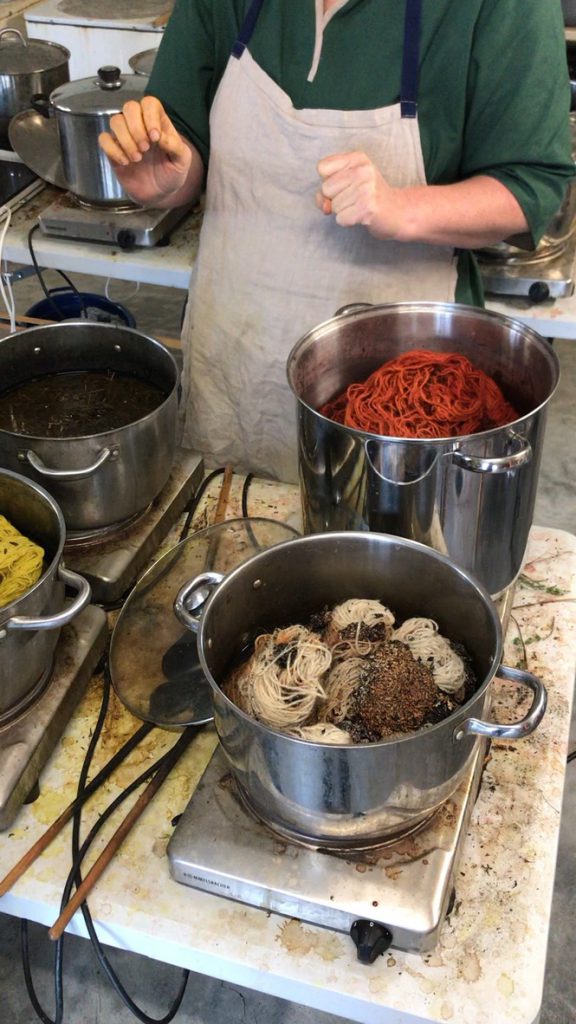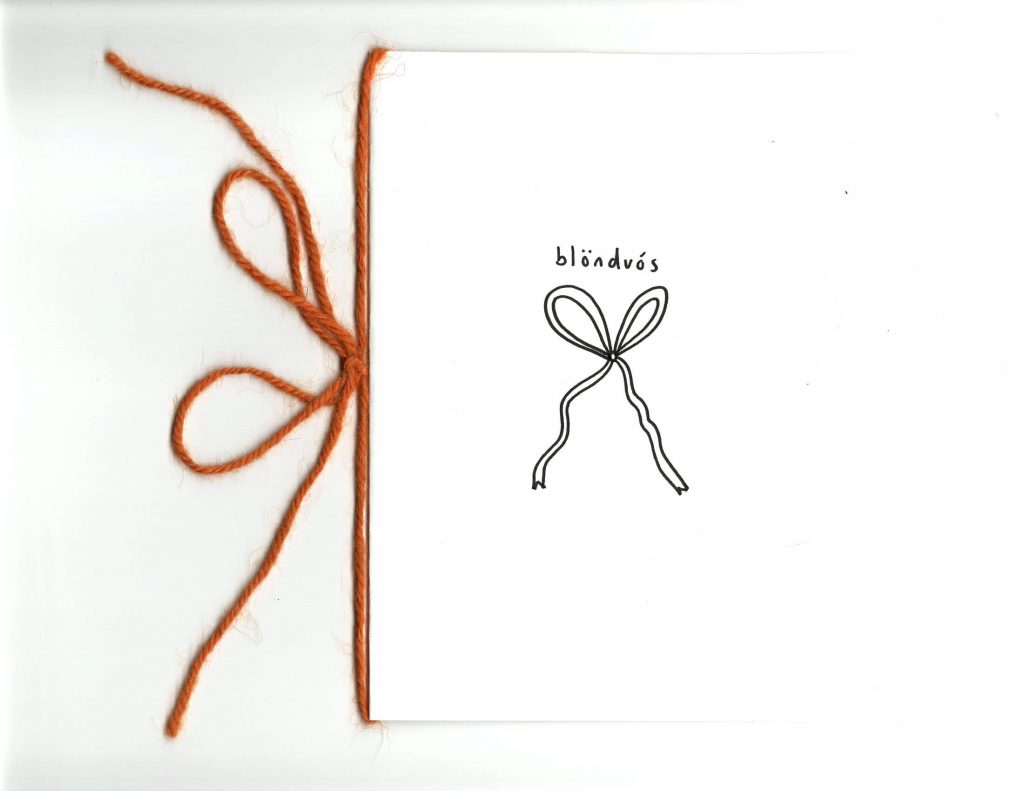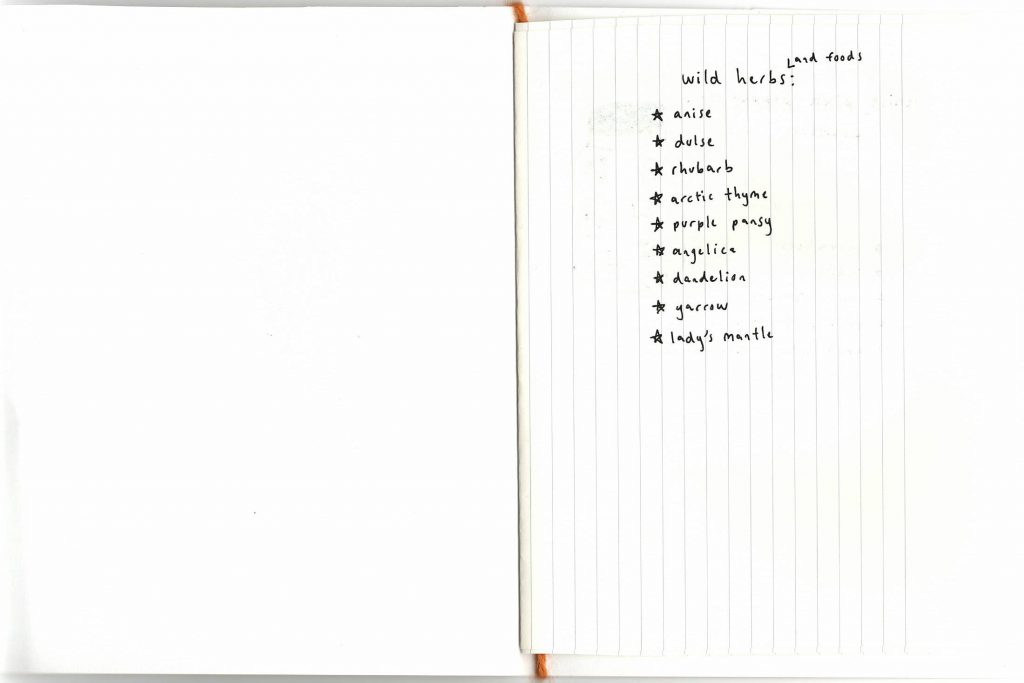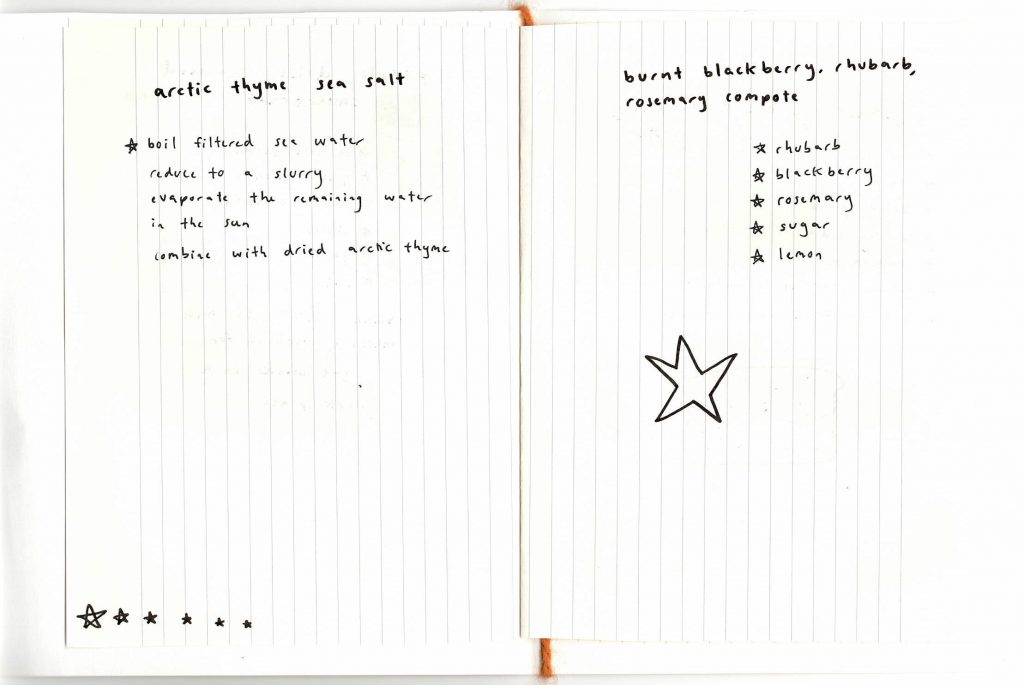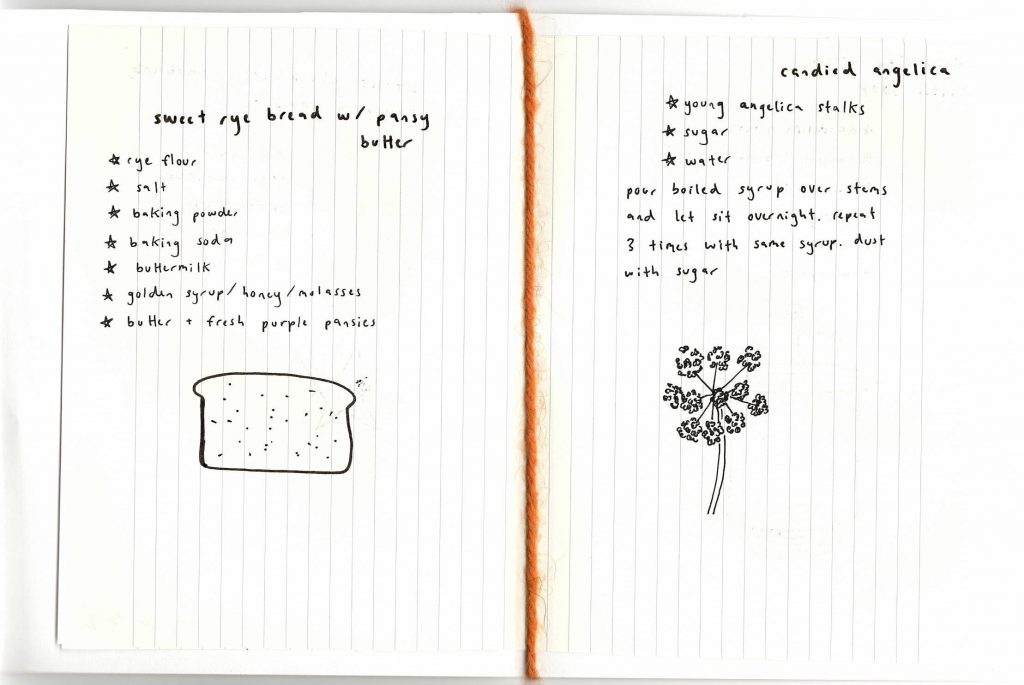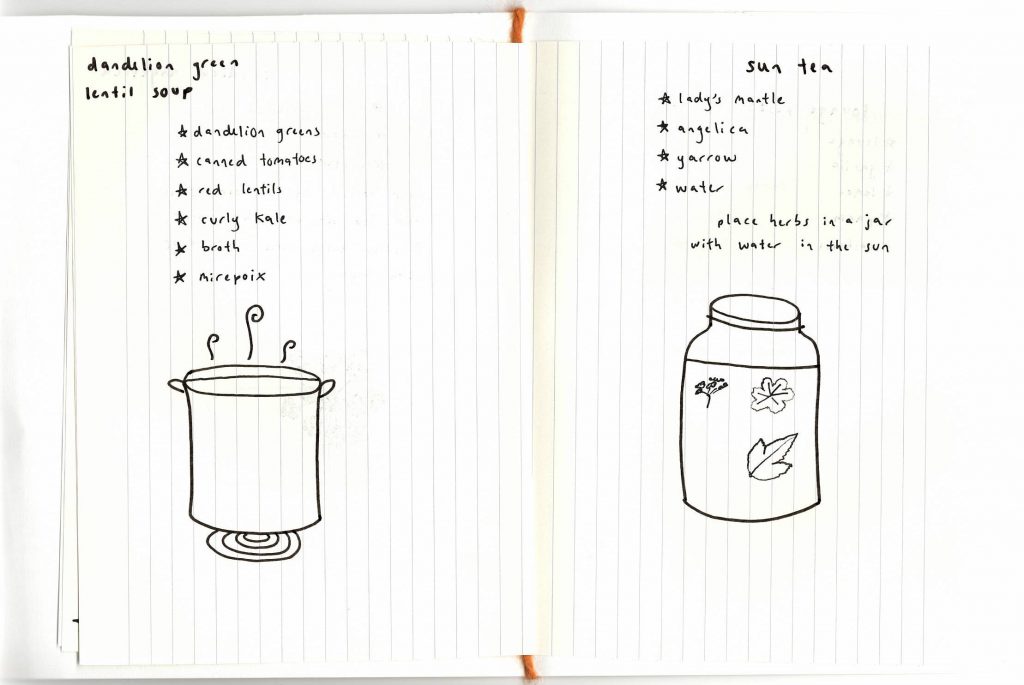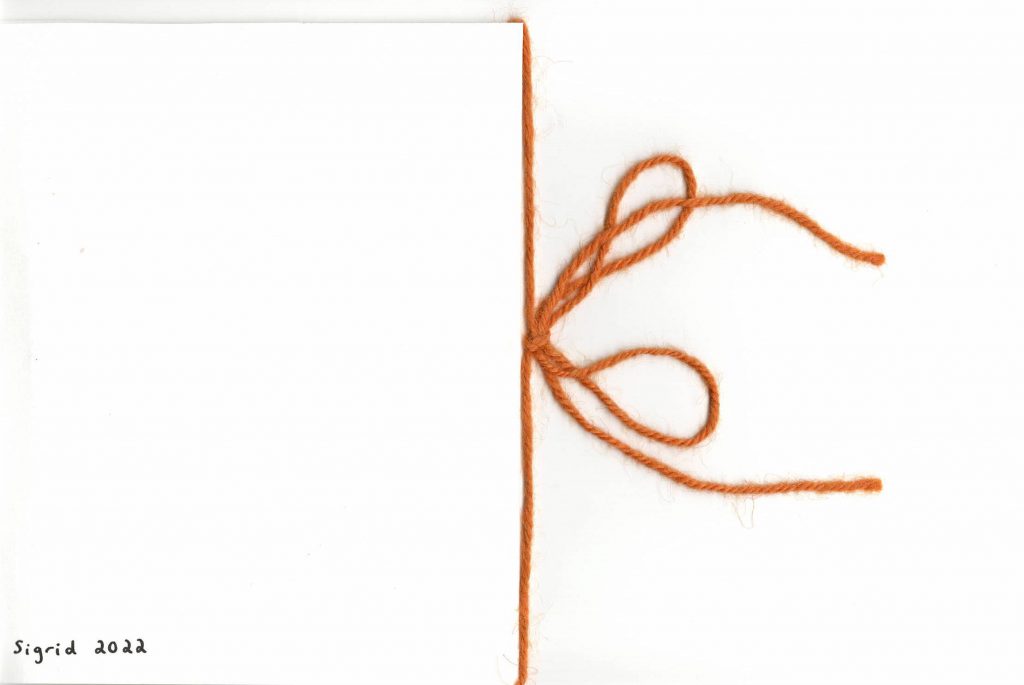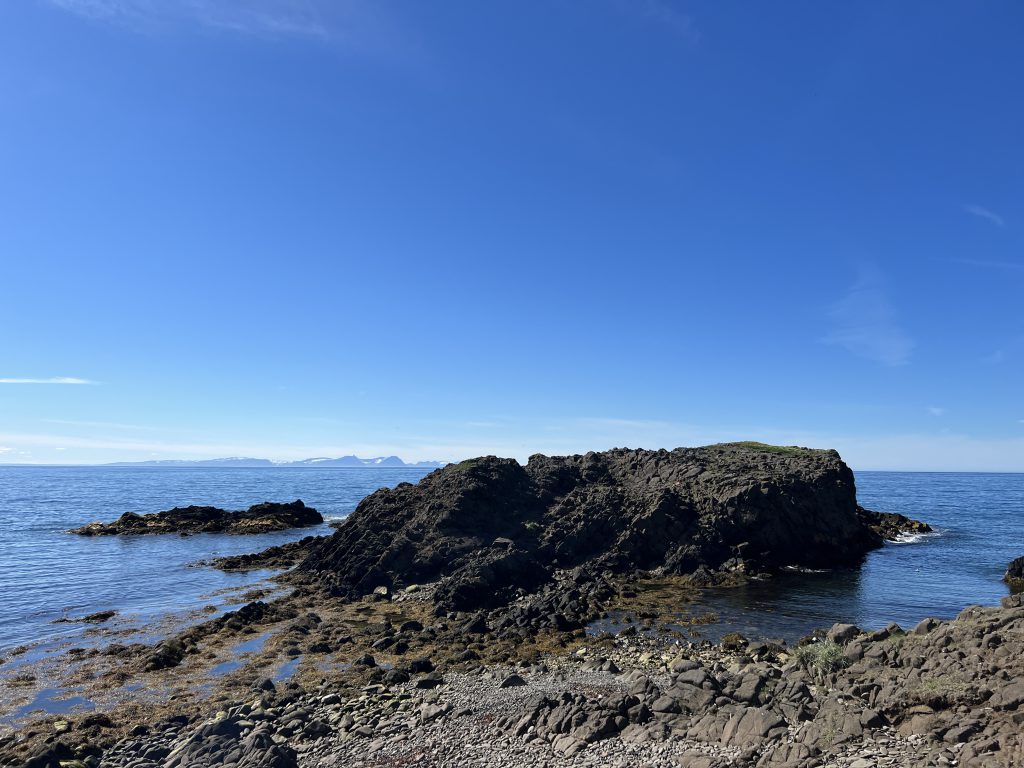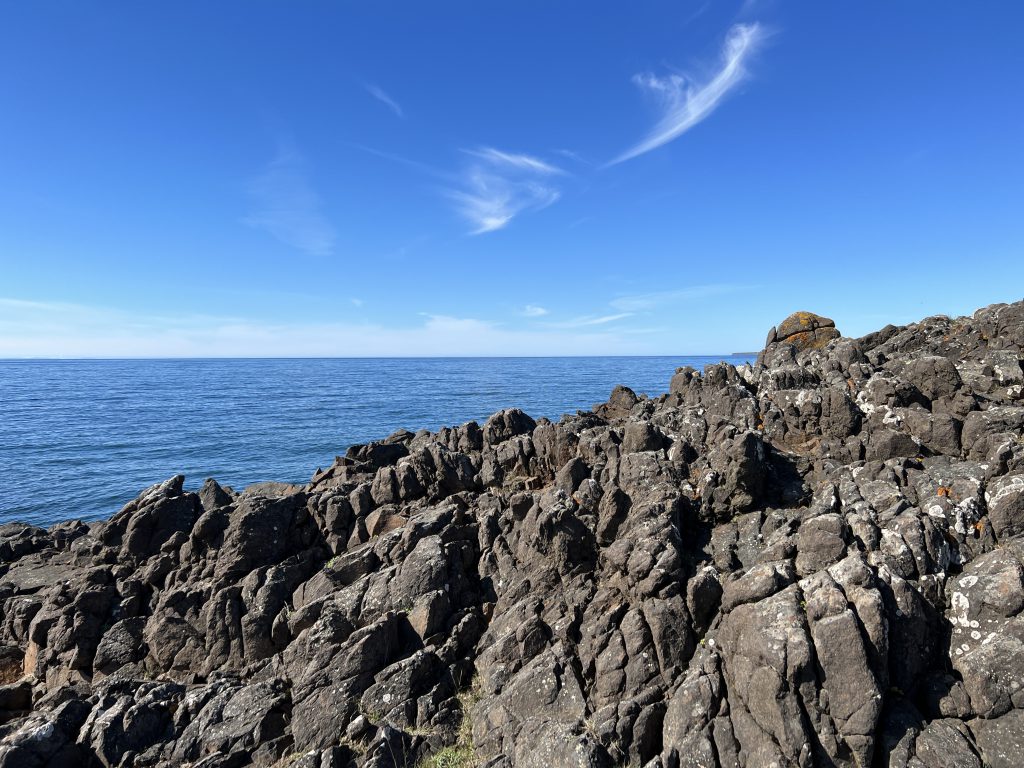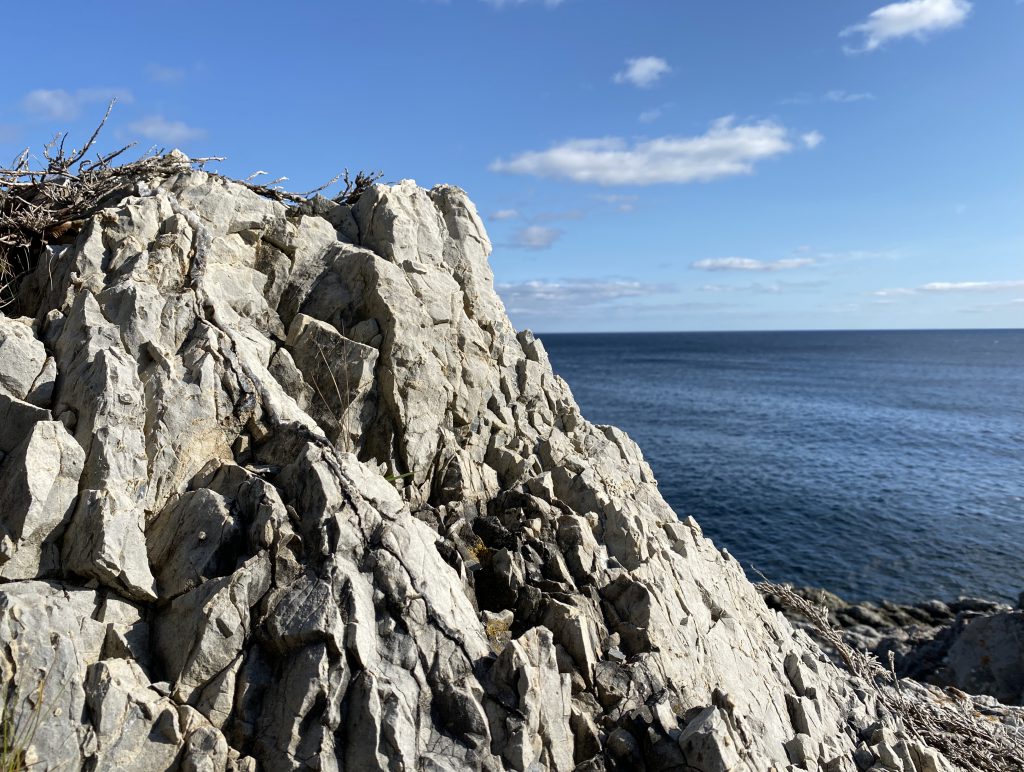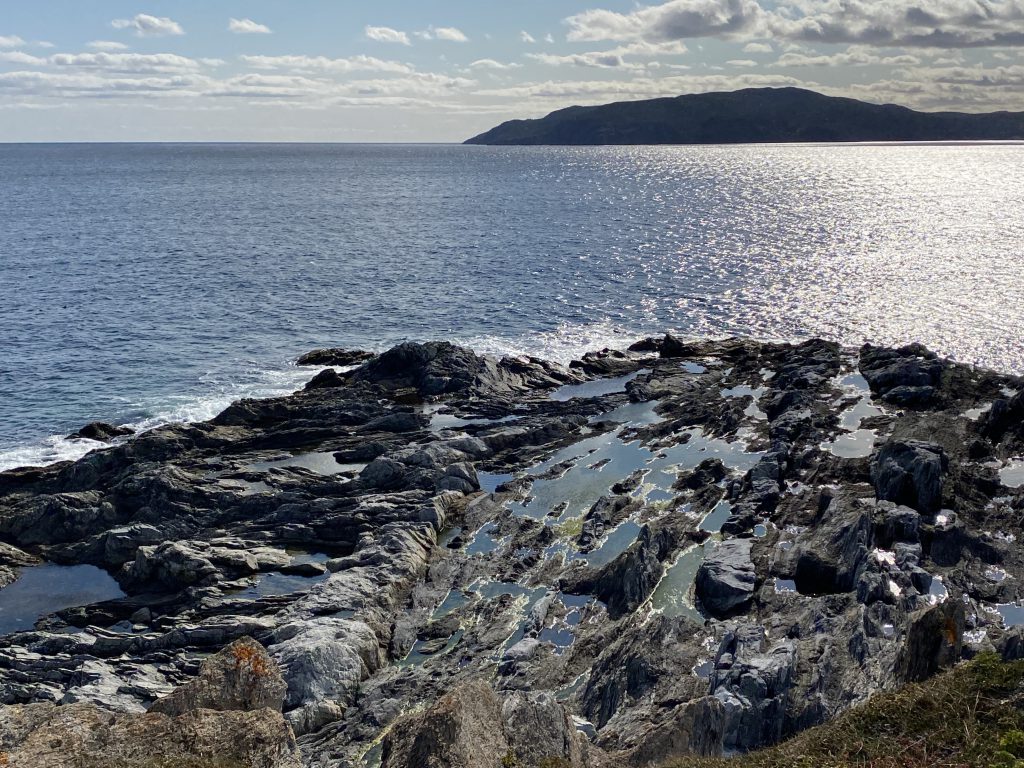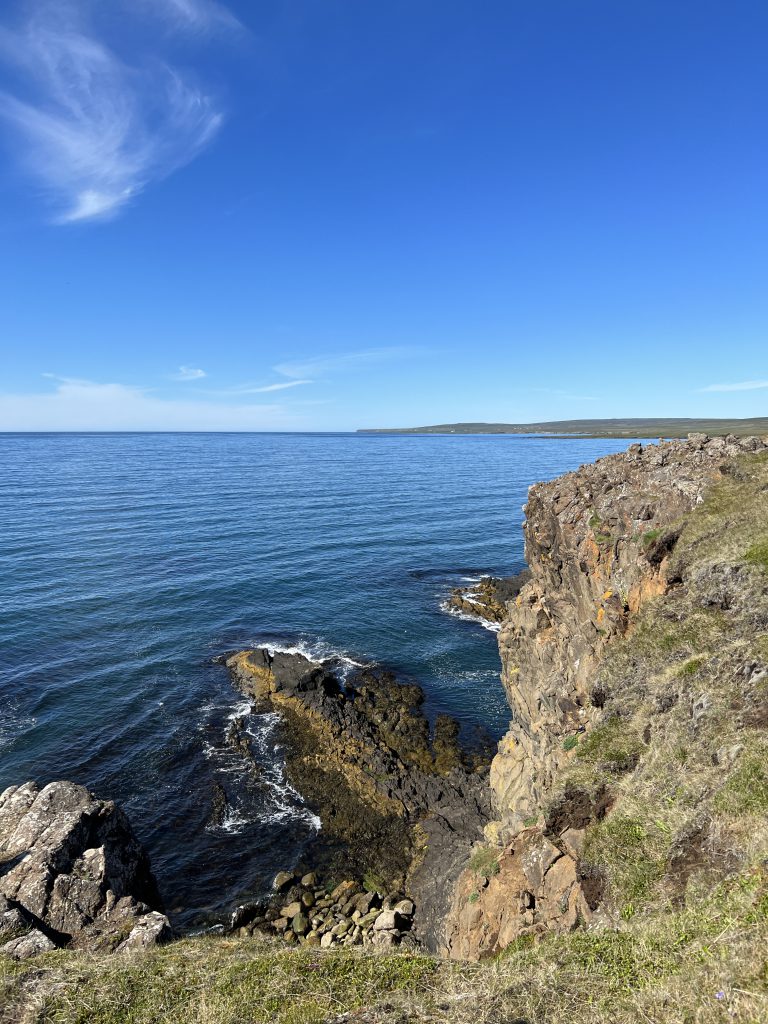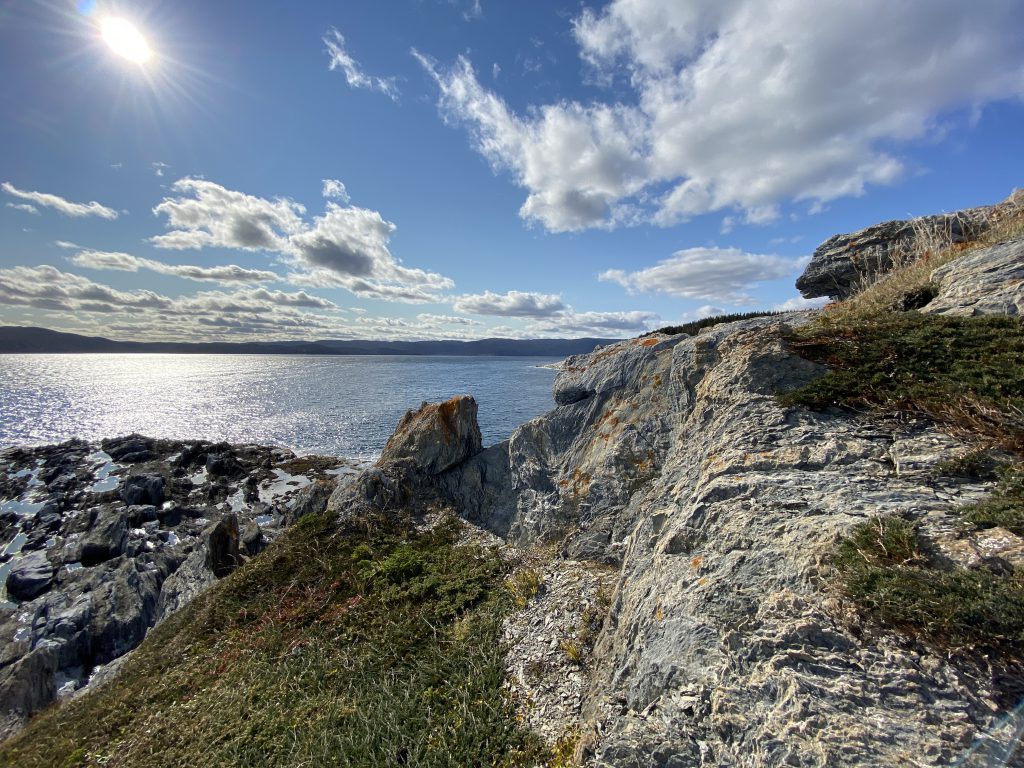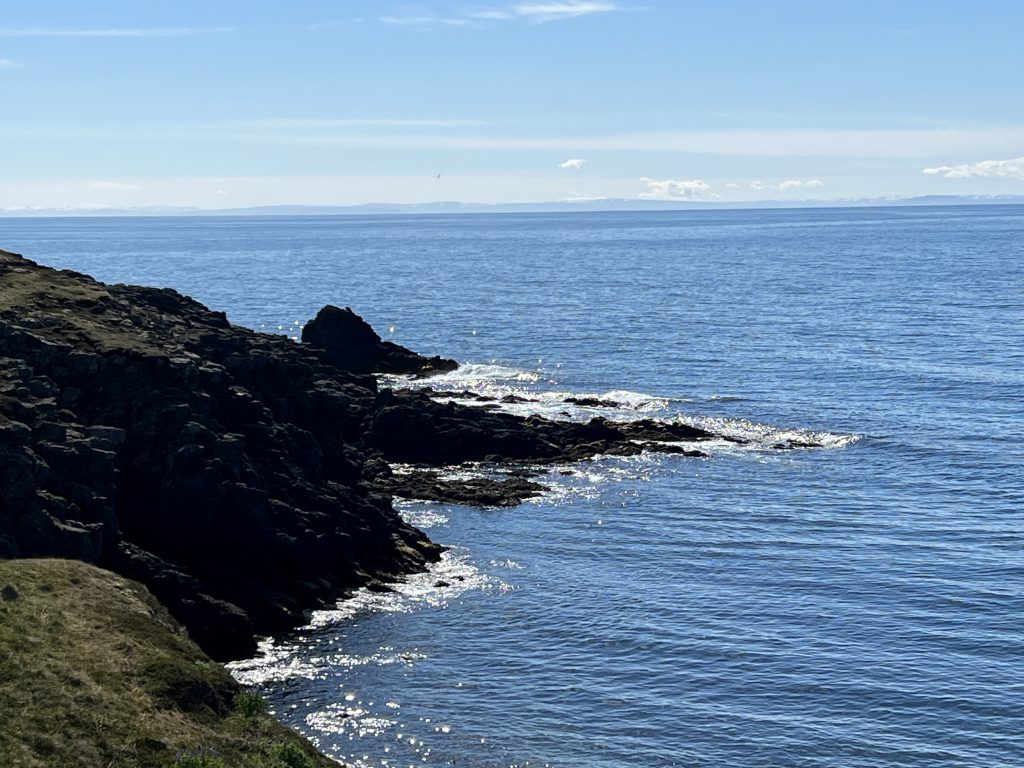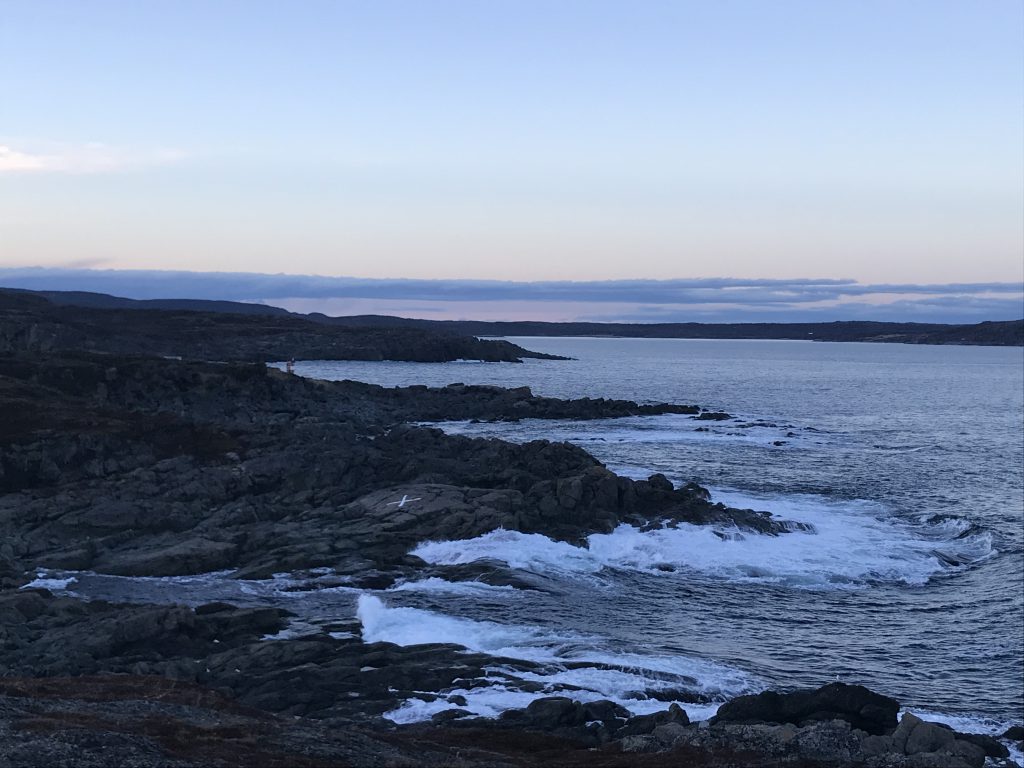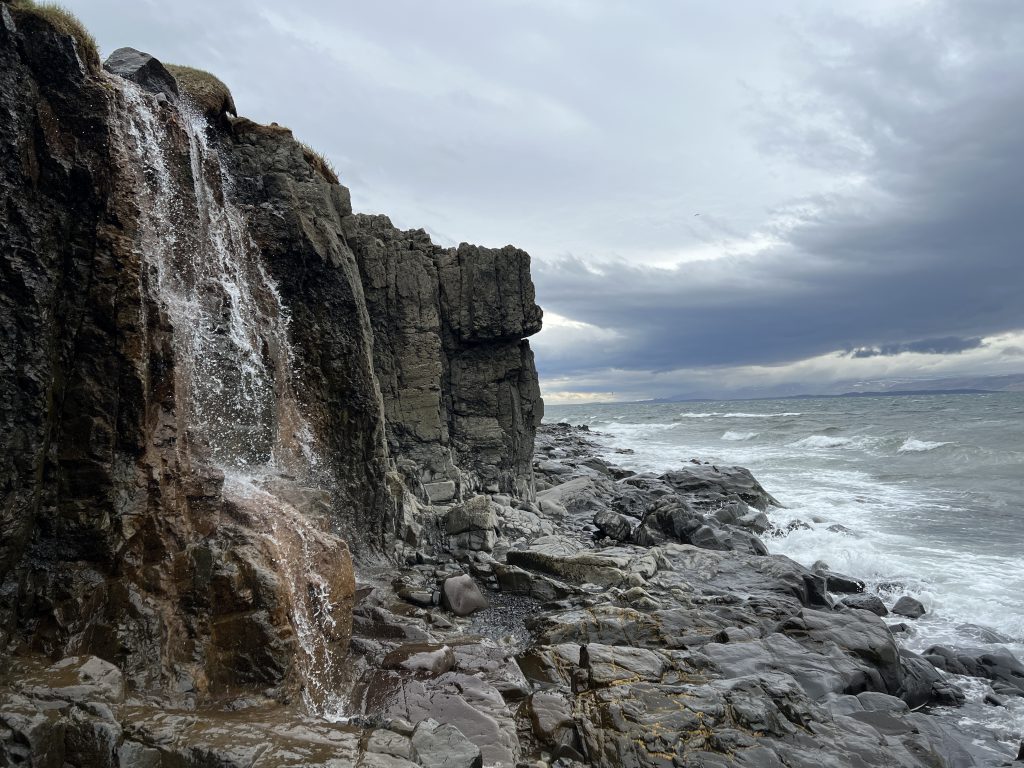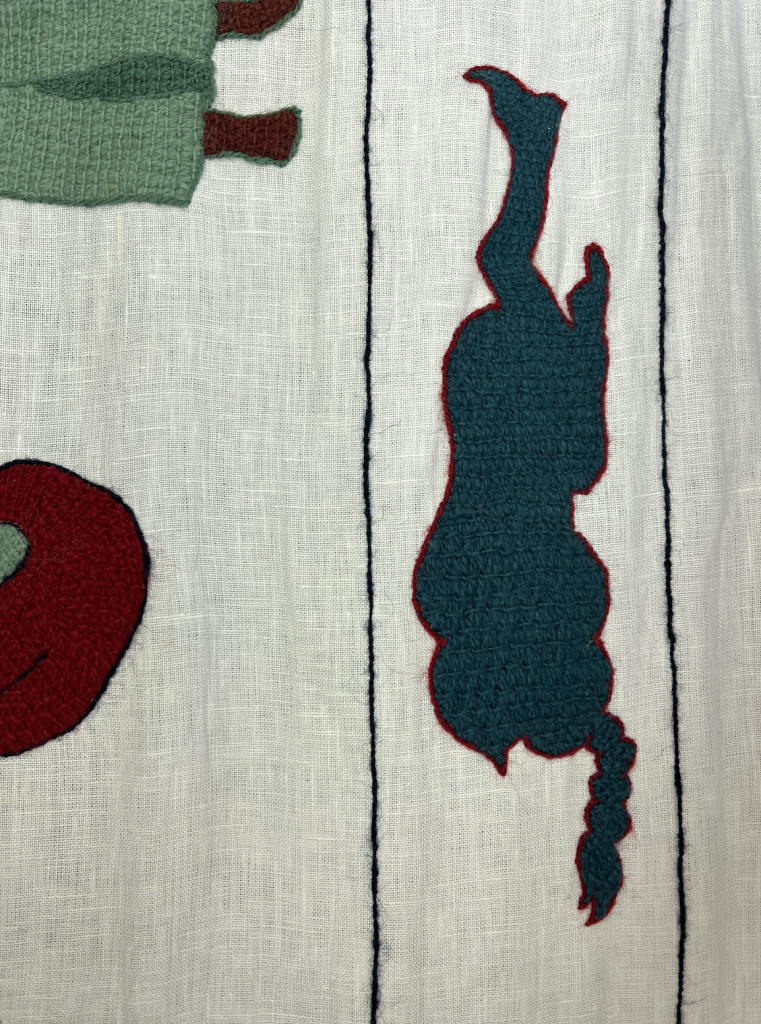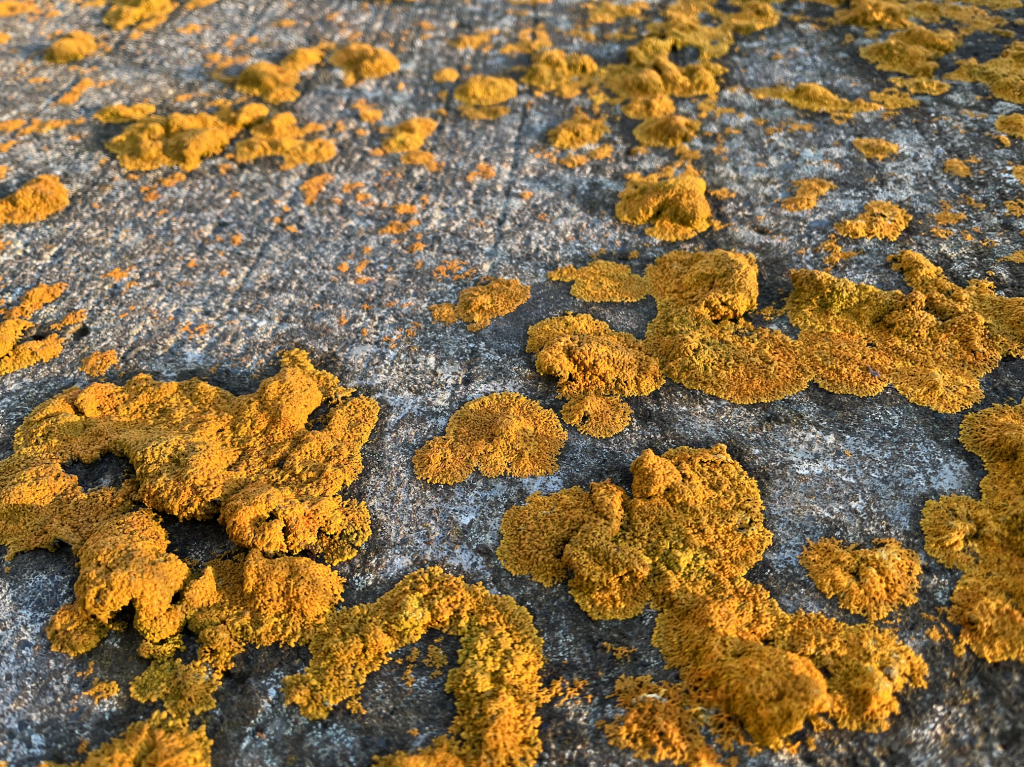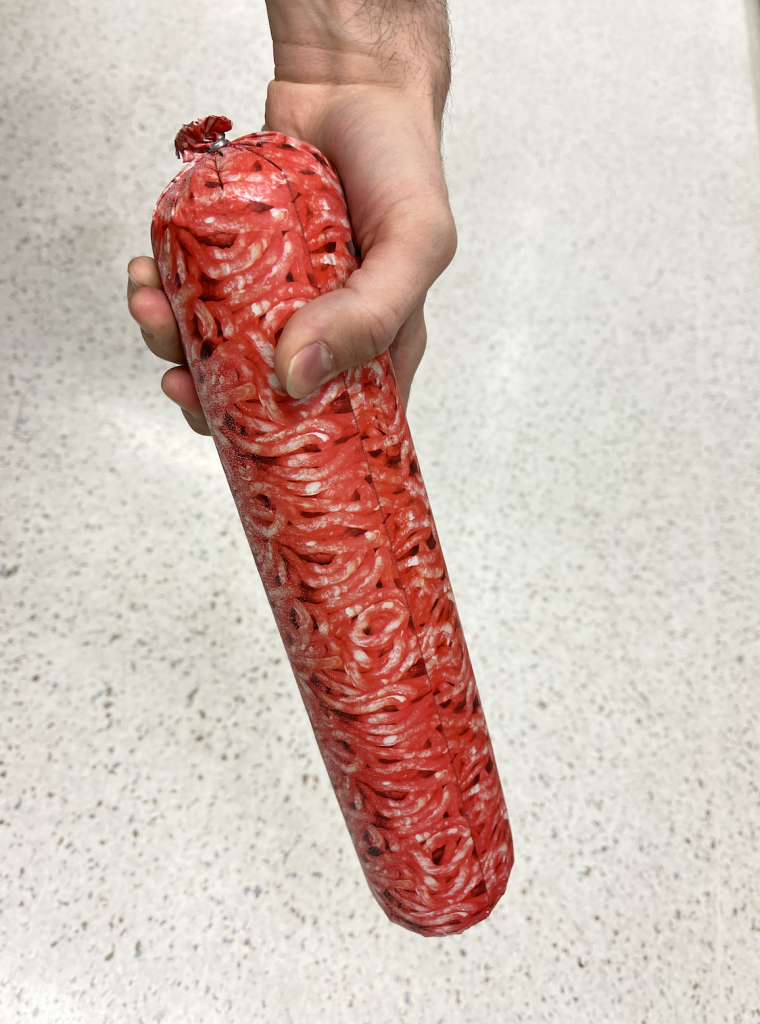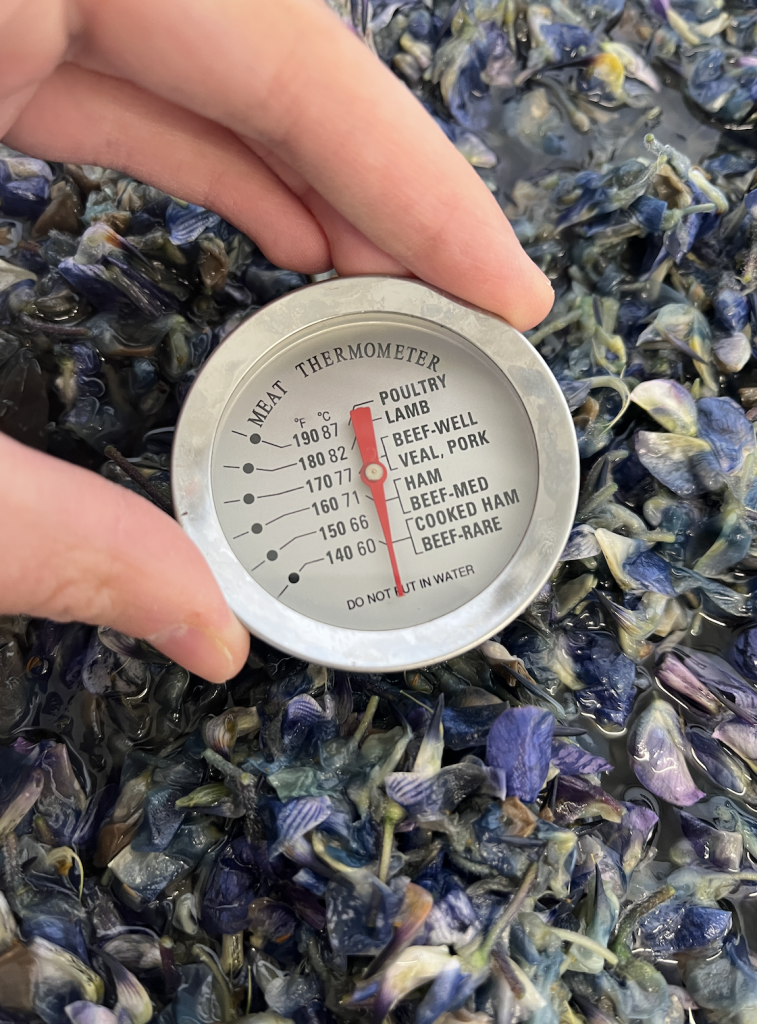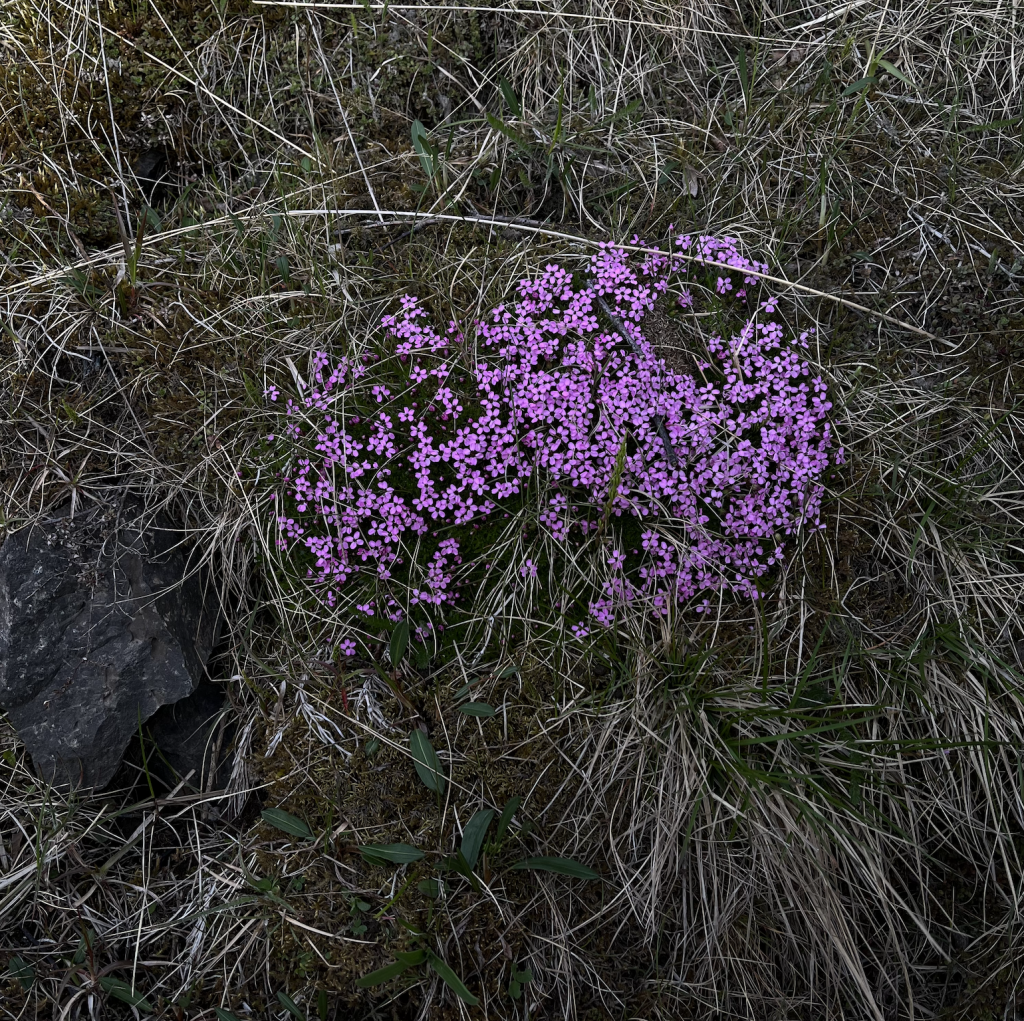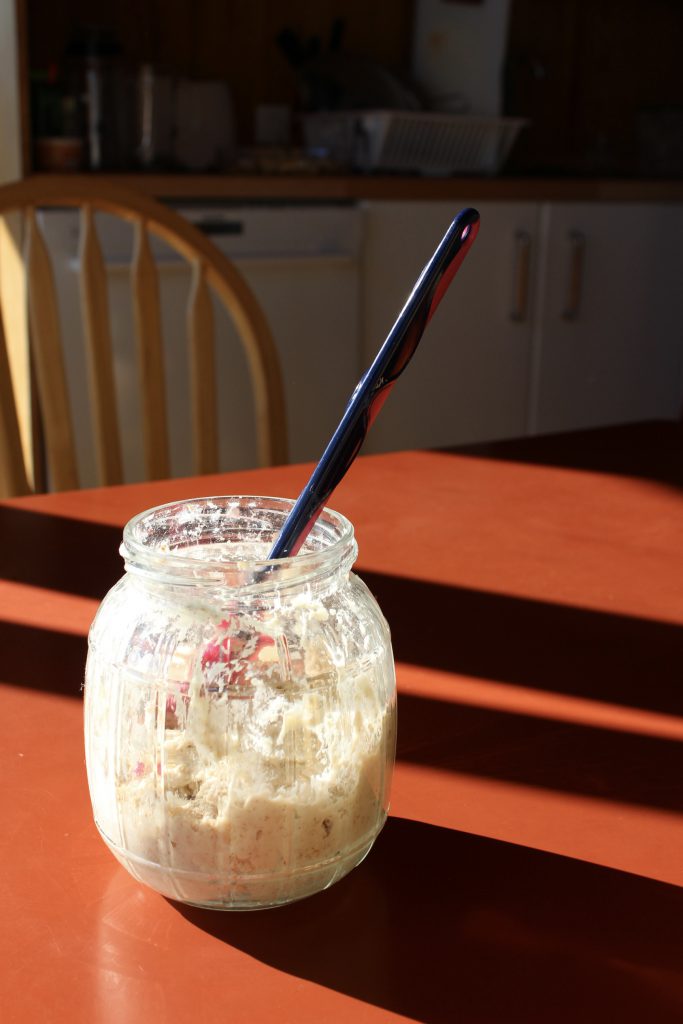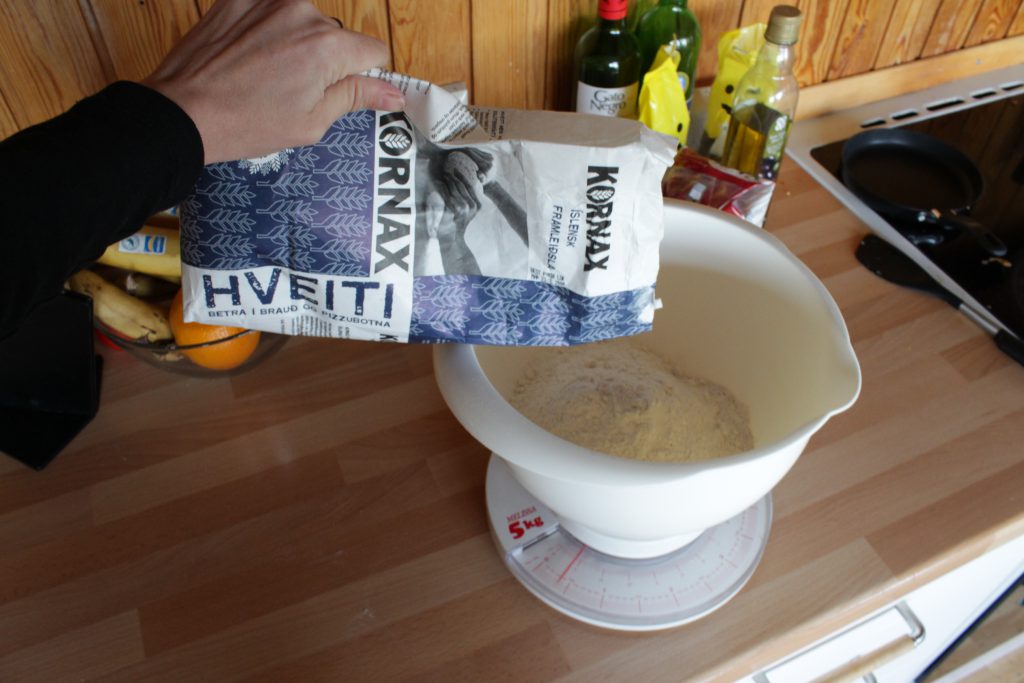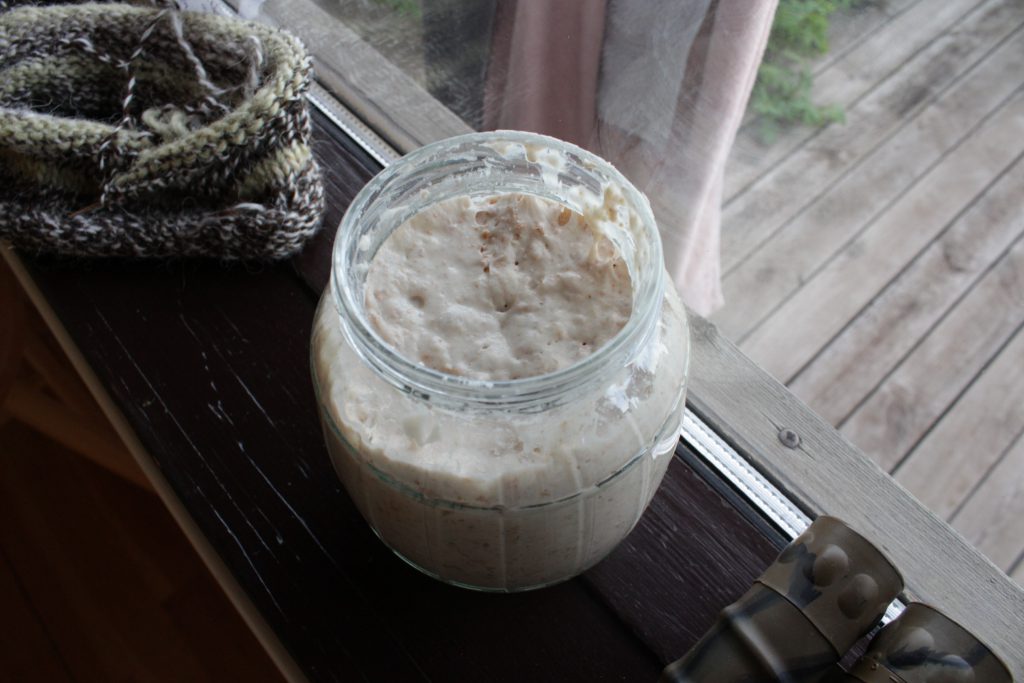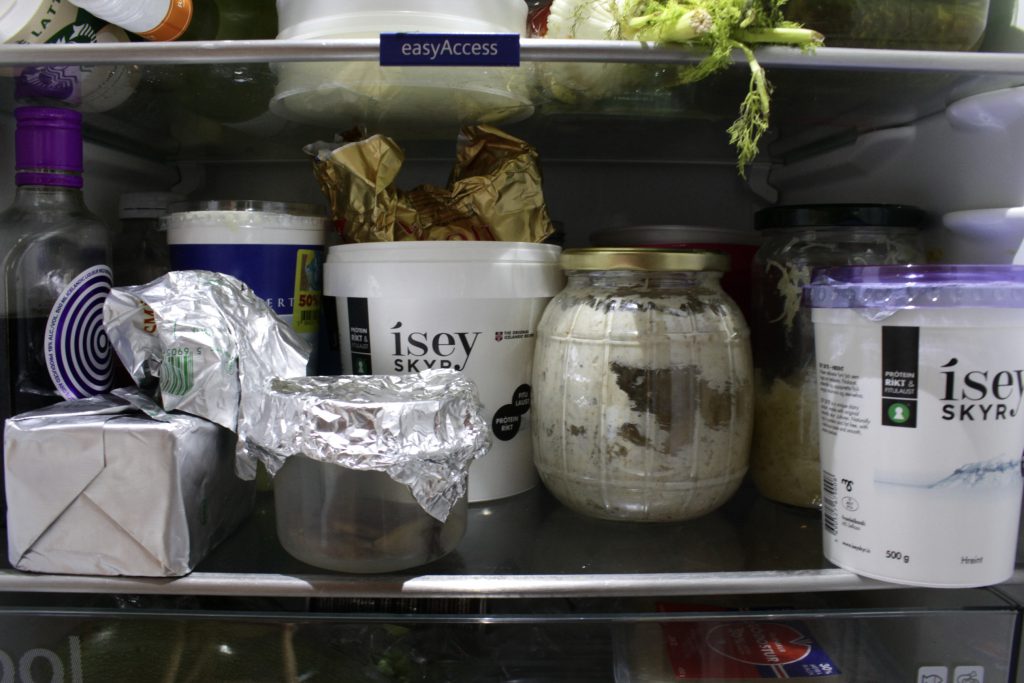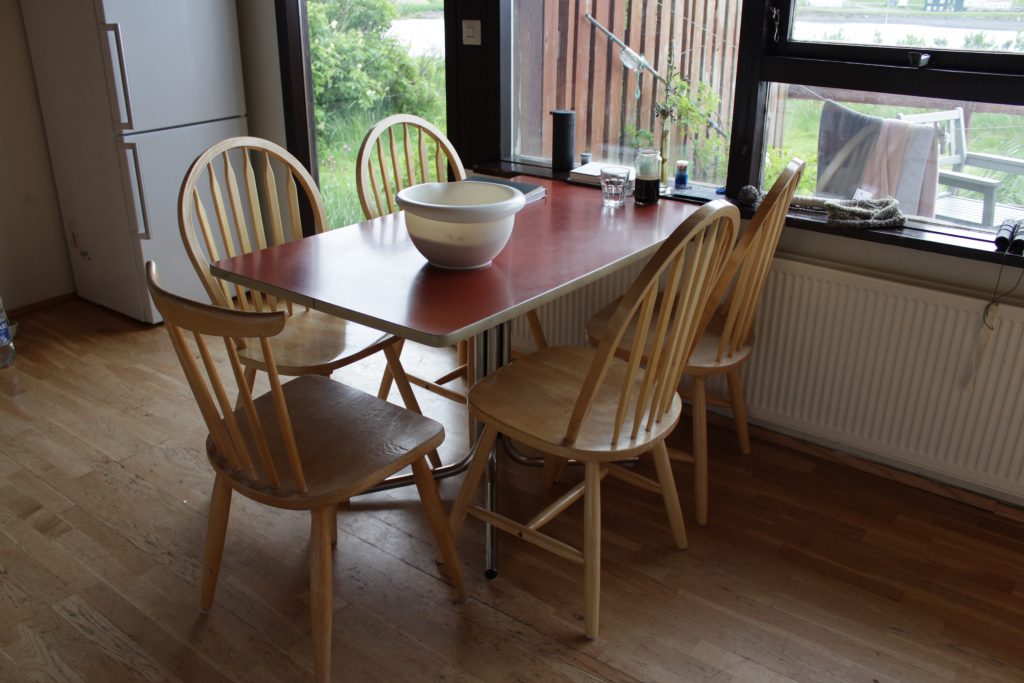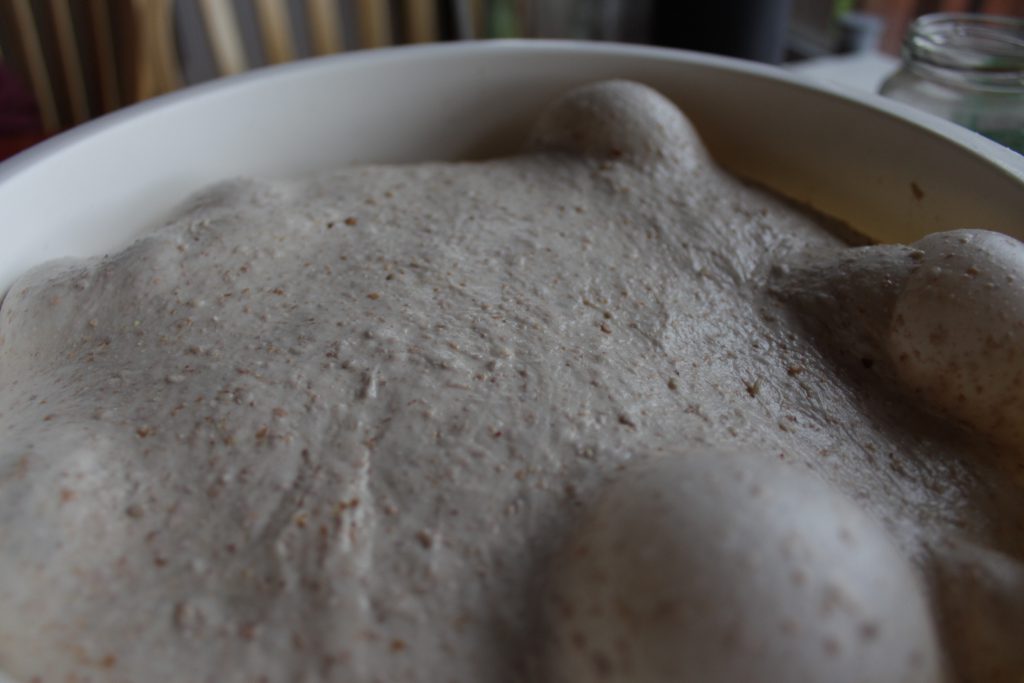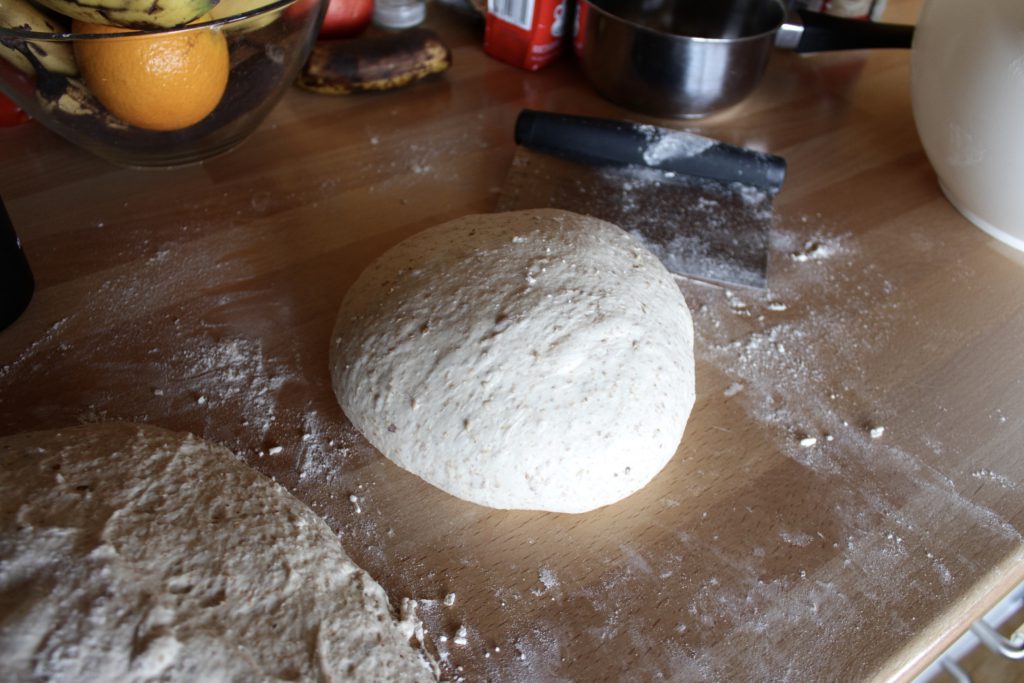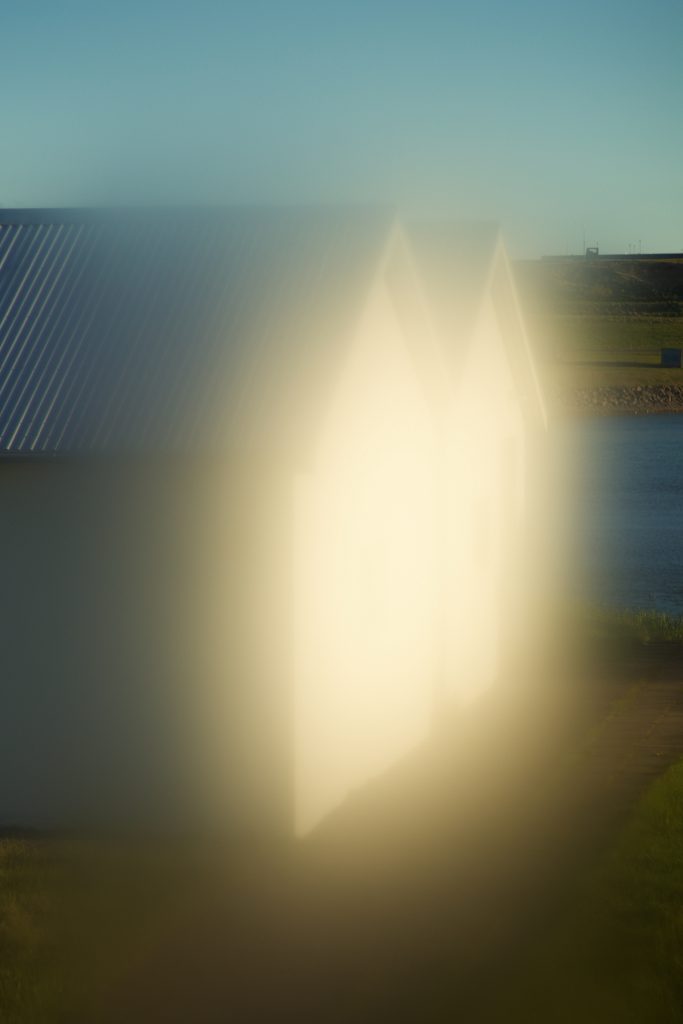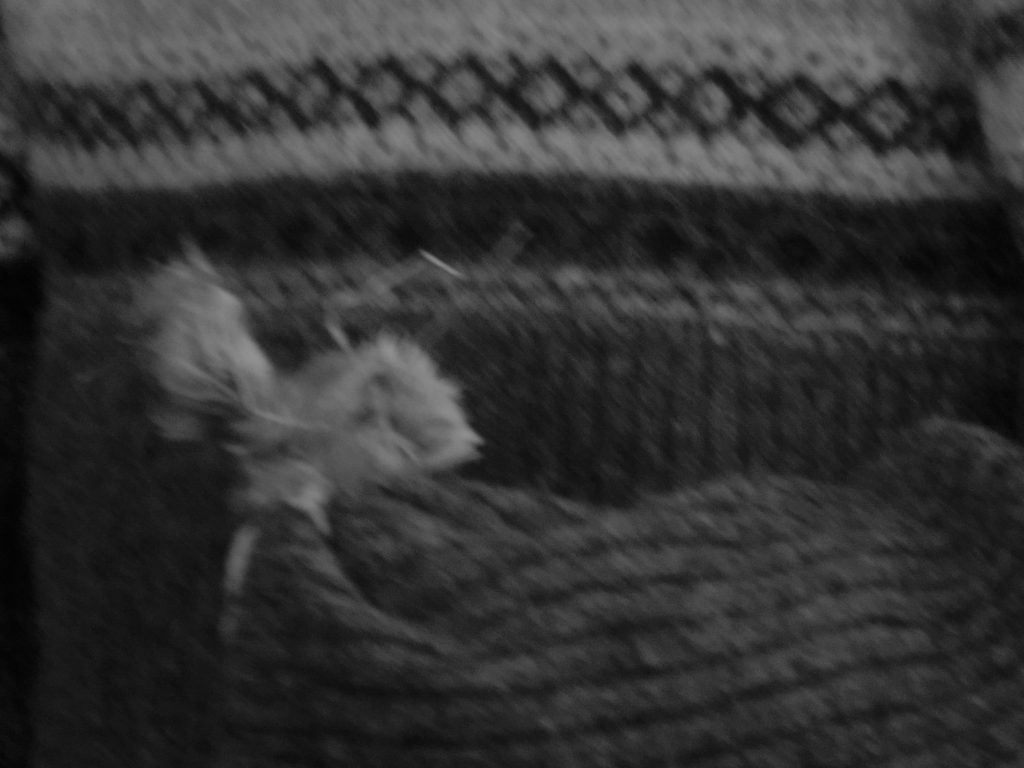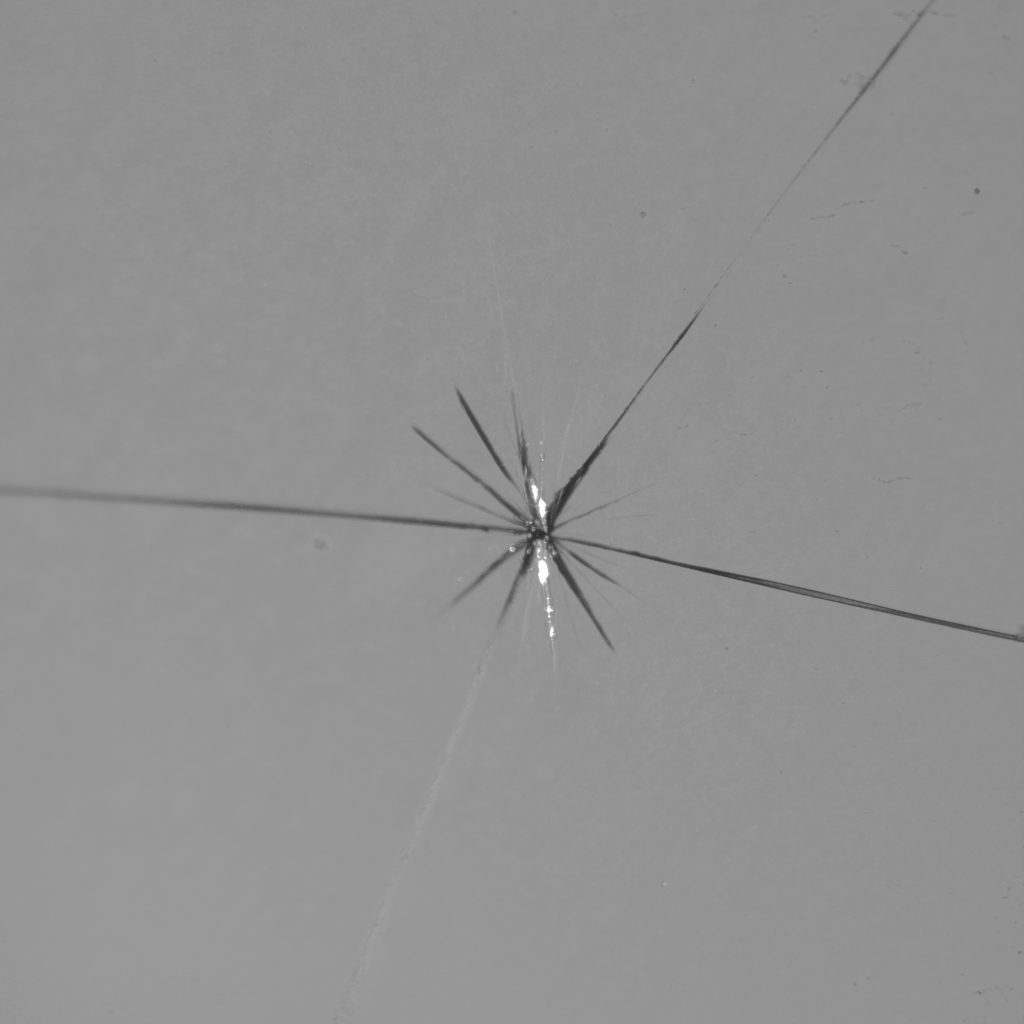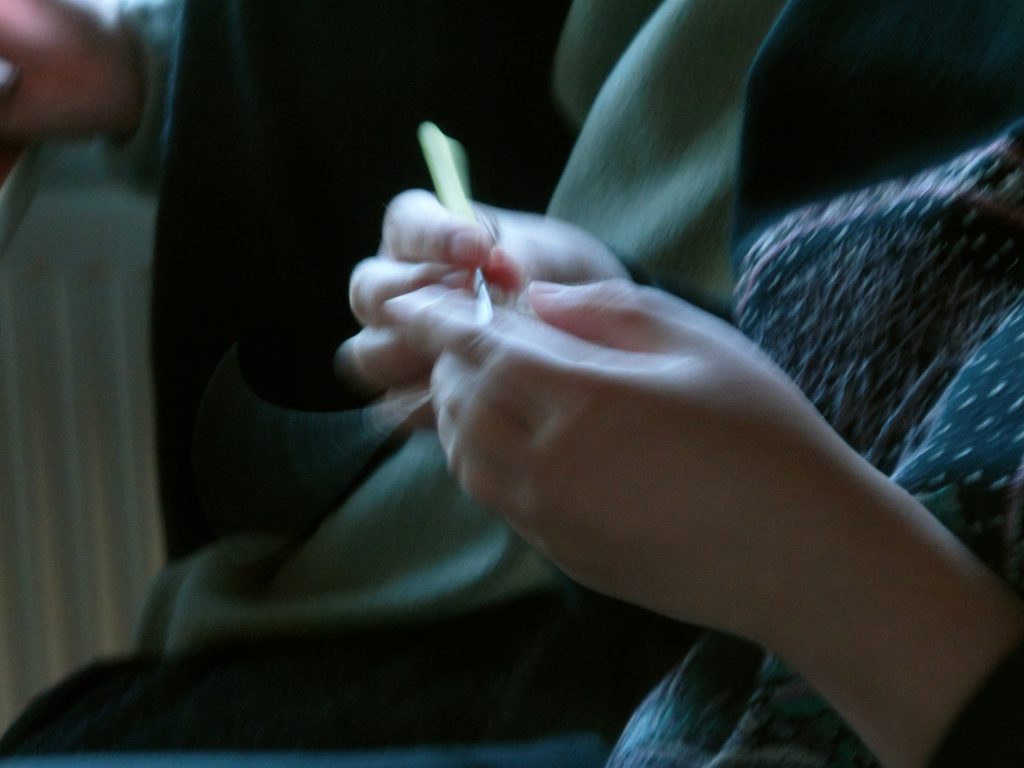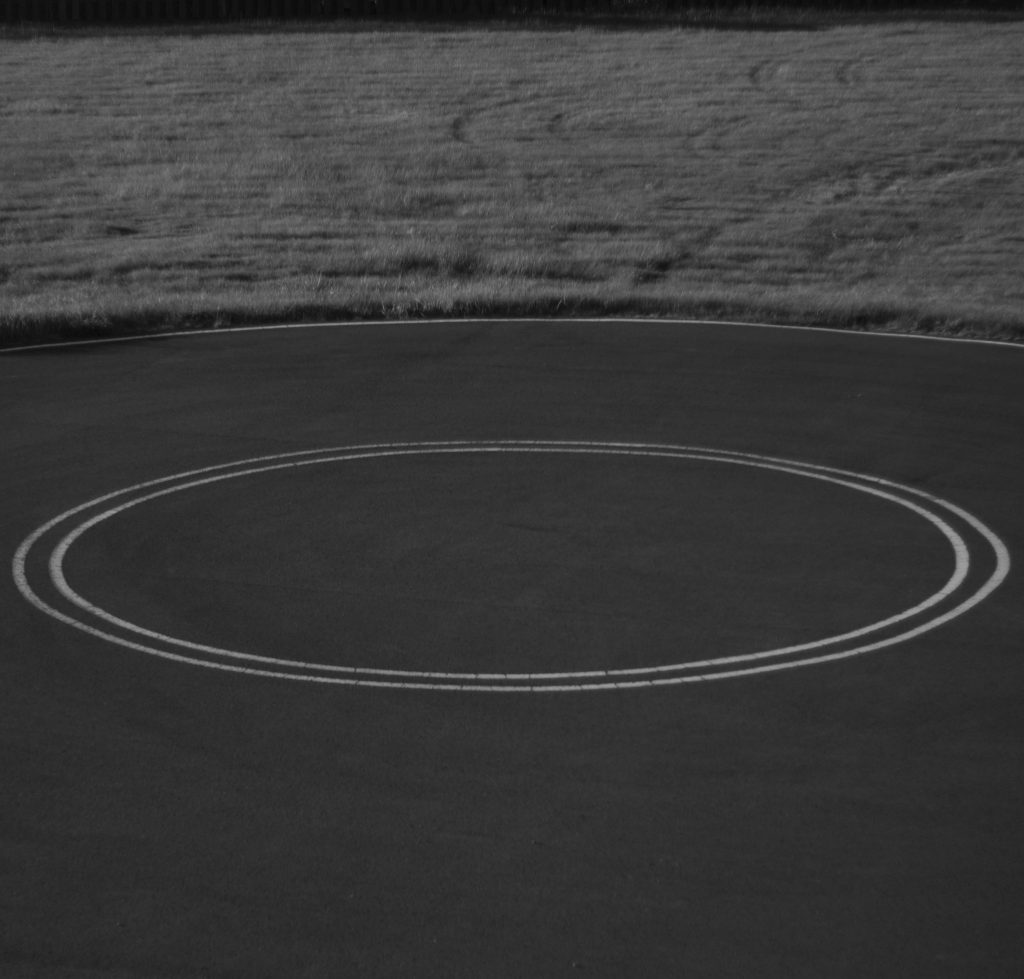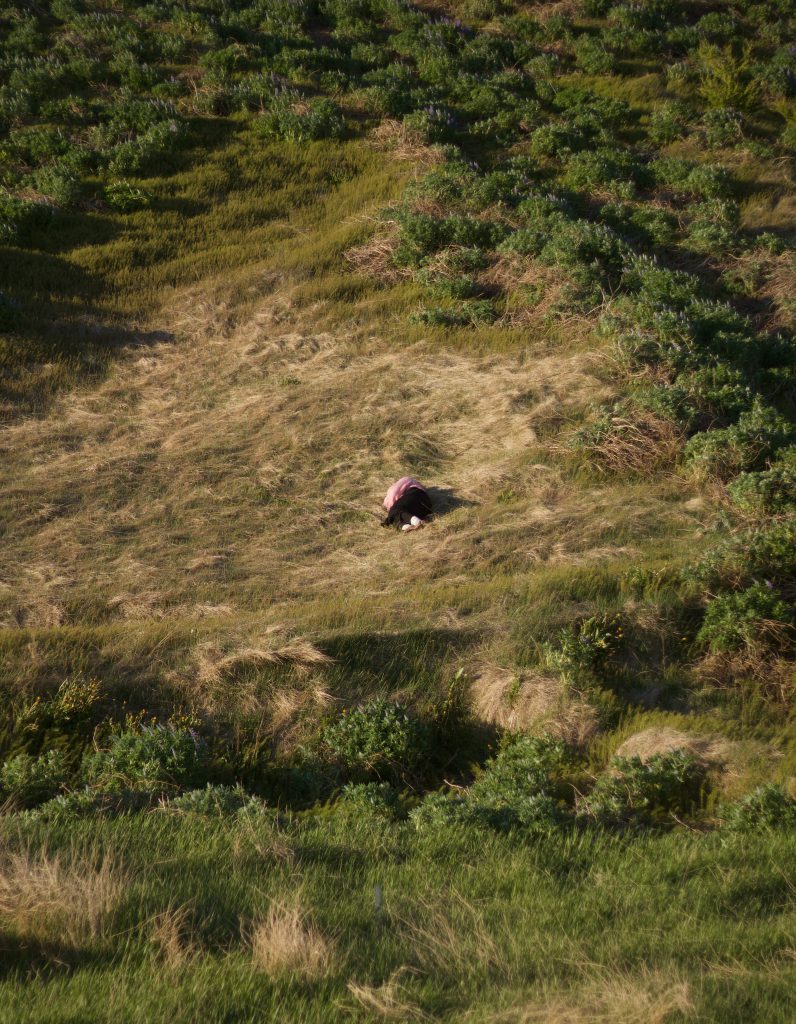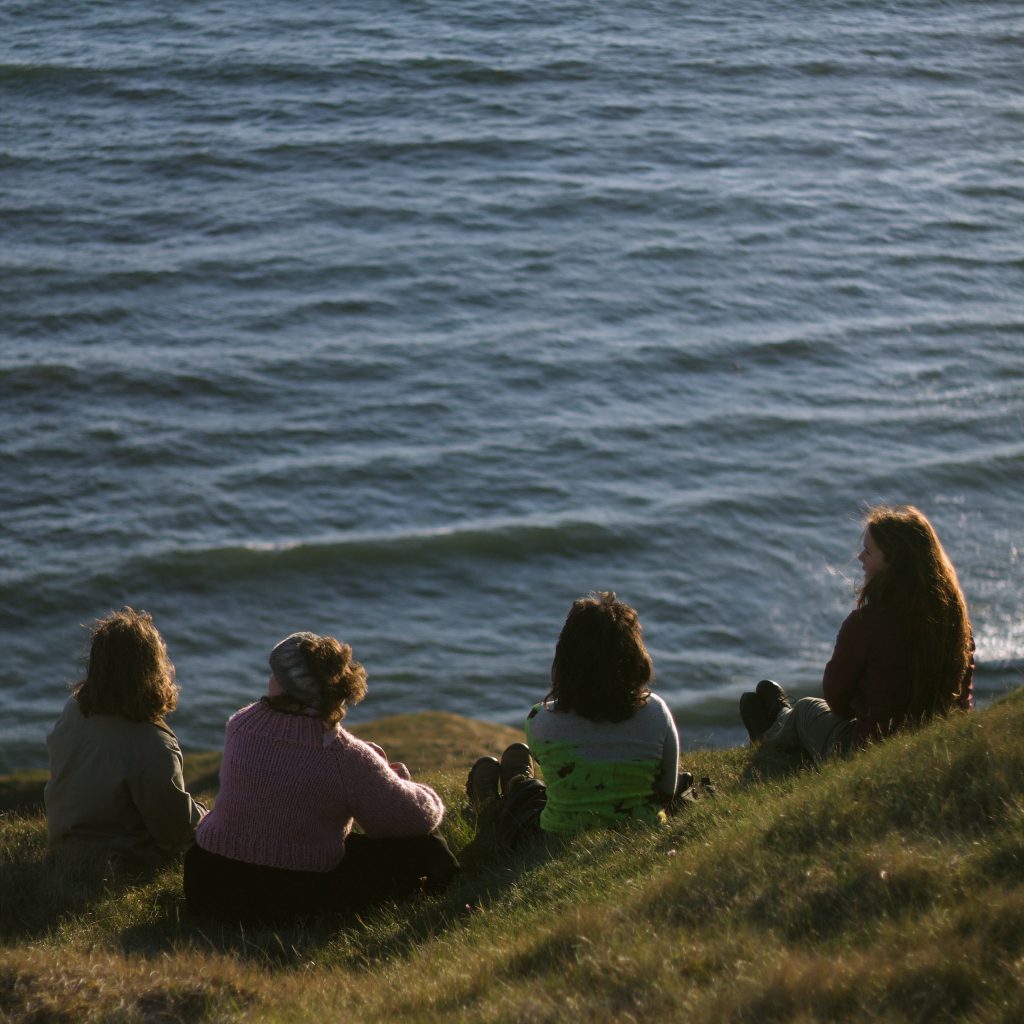If you are lucky, you have been a vigilant carry-on packer. You may have packed your swimsuit to enjoy the swimming pools so many have talked about, a hat and scarf, a sketchbook and if you are careful, an extra pair of underwear.
I thanked my past self, for this vigilance because, of course, my suitcase decided to take its sweet time. This sort of thing might happen when you got a connecting flight to make but had to switch planes to catch the second one as the original flight got delayed. As I boarded that first flight, I knew my suitcase and I were on different paths.
I arrived in Iceland, filed the missing suitcase webforms and continued forward. To be quite honest, I felt free and too enchanted by the scenery to feel incomplete. After all, it is only material things and I’m starting an adventure.
After a beautiful road trip up to Blönduós, we met the rest of the girls with whom I was to share the next weeks. As they learned about my suitcase’s independent trip, they extended support, sympathies and lovingly offered anything that might help me out.
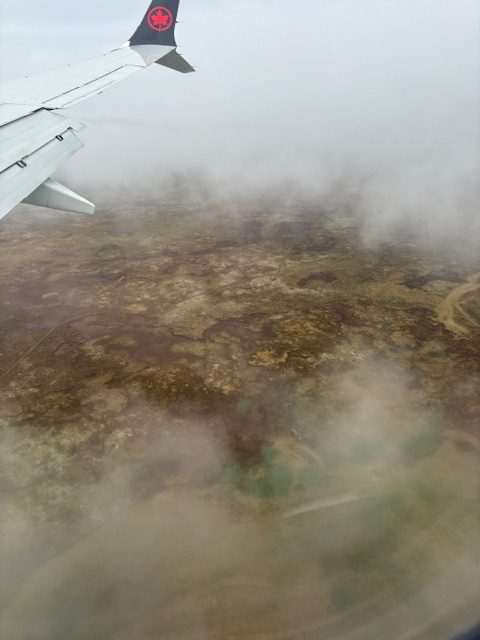
At day 4, I was finding it difficult, I had this tug of war happening in my head between wanting my suitcase and brushing it off. It is just material thing after all, I reminded myself.
To make a boring long story short, on day 5, my suitcase was close enough to be picked up . On my way back, Hanna, a lovely lady who works at the Kvennaskólinn where we are staying, crossed my path and offered a lift which I was the most grateful for as it was quite cold outside. Coincidences can feel like a nice scarf on a cold day.
I rushed to finally settle my things in my room. I unpacked all of my art supplies, my clothes, my pharmacy, my food, and new underwear (thank god). It is only when I was done that I finally felt like I had officially arrived. Surprising as it was just material things.
You might think this is a story about a missing suitcase, but it isn’t. As I look back at this moment, I hold in my heart the kindness of my fellow mates. Their solidarity and attention over those 5 days really helped me to enjoy the moment. Either it was from sharing toothpaste, pyjamas or to simply asking for updates, it made me feel taken care of. This story is about the beautiful web of kindness that can support us. Each threads have the great power of spreading comfort, happiness and to enrich bonds.
So to Elsa, Hanna, Kathleen and my fellow travelling sisters, all you wonderfully strong, smart and kind ladies, thank you for catching me in your loving knitted web.
S
xx
